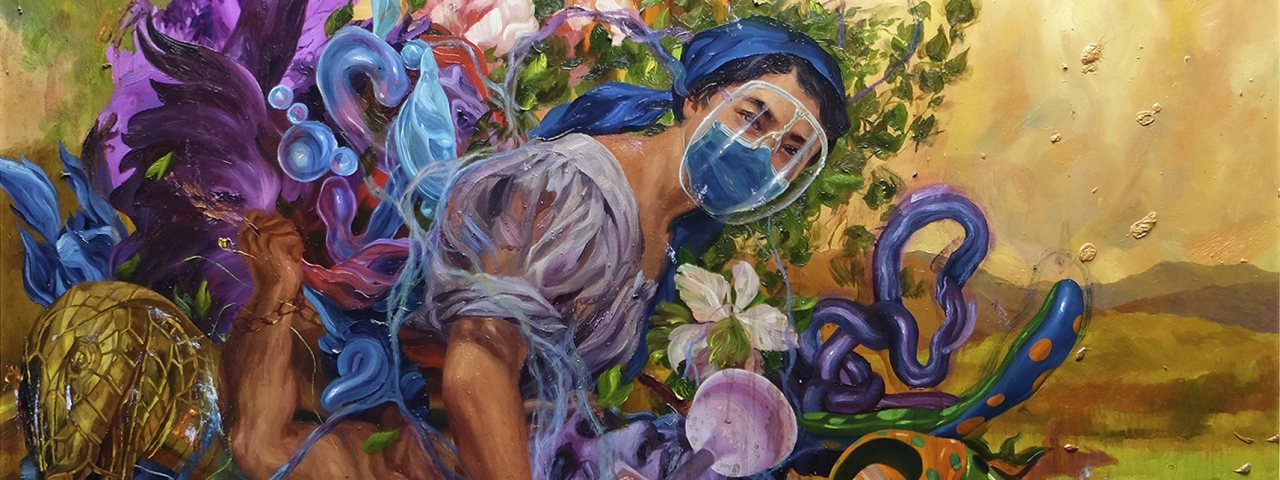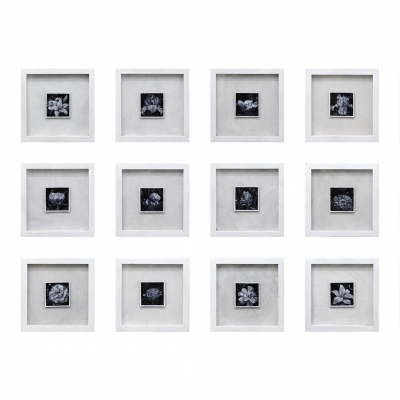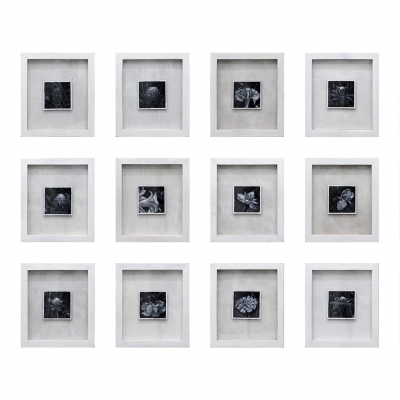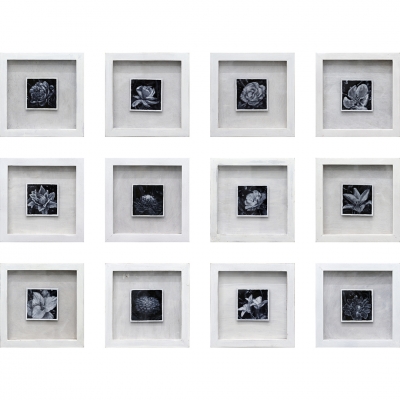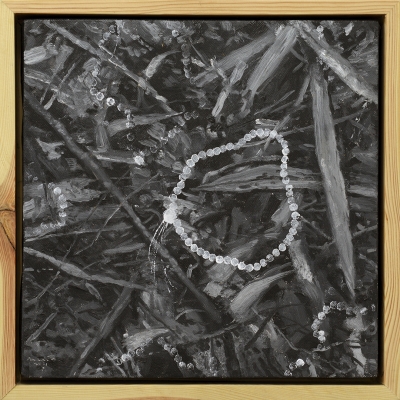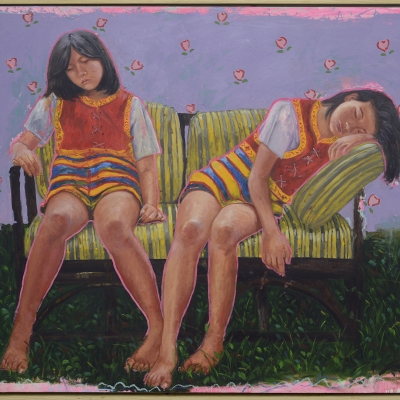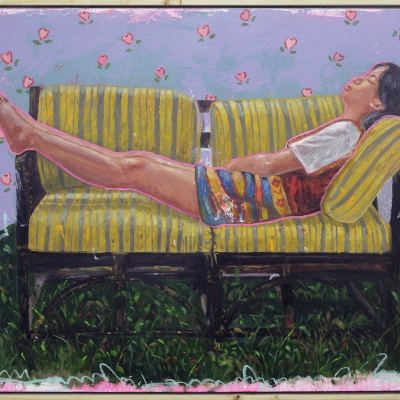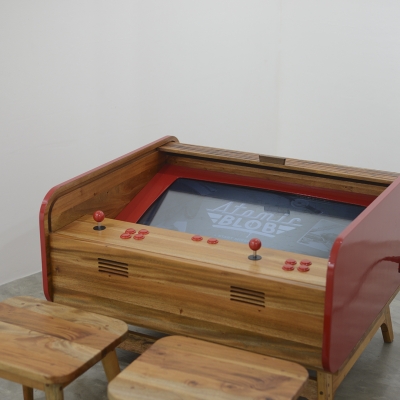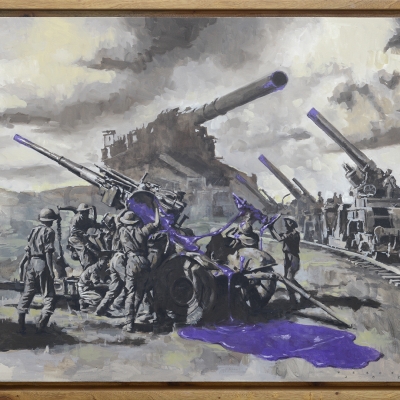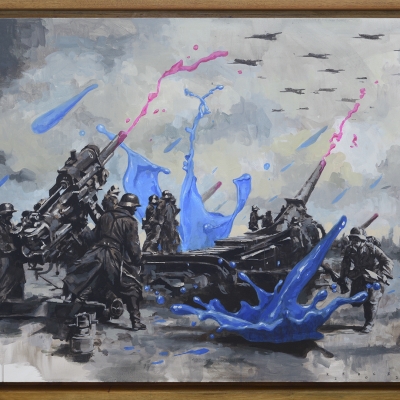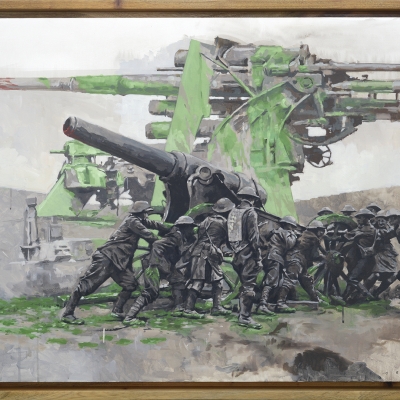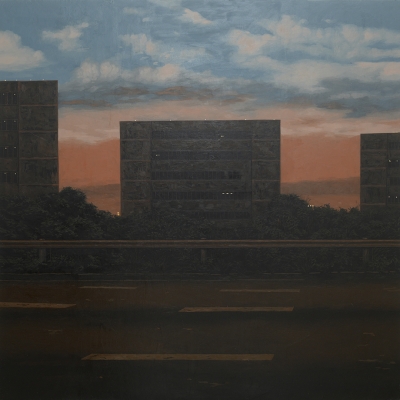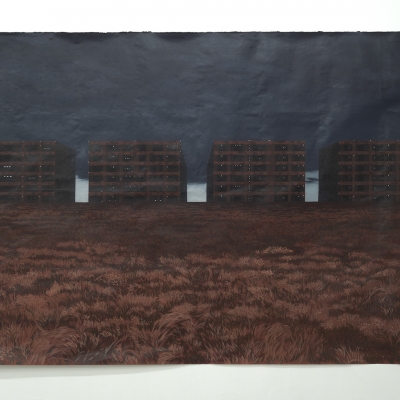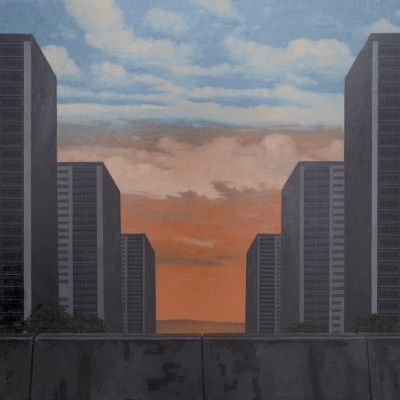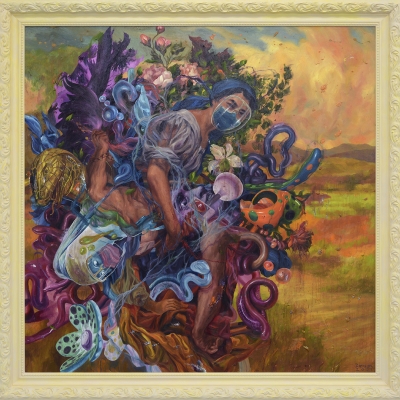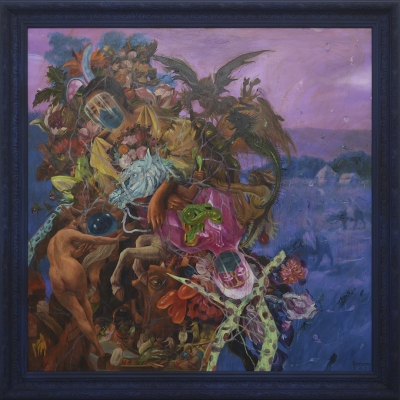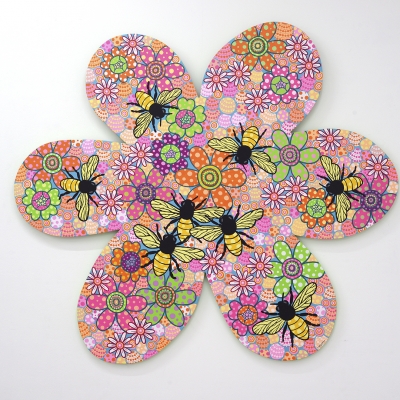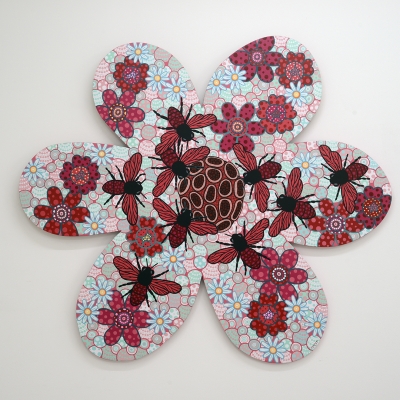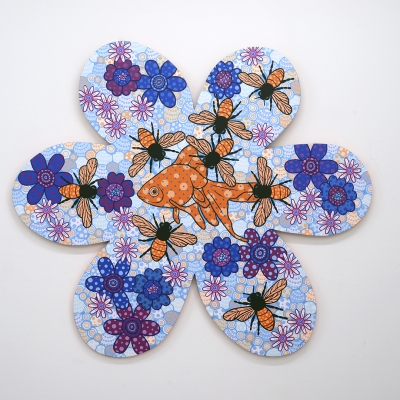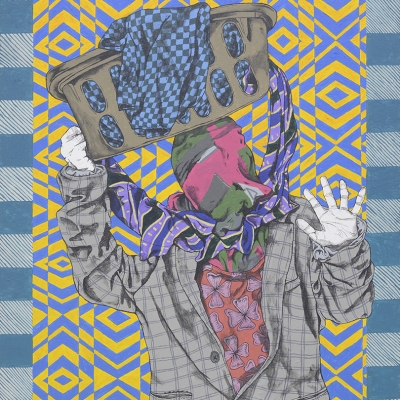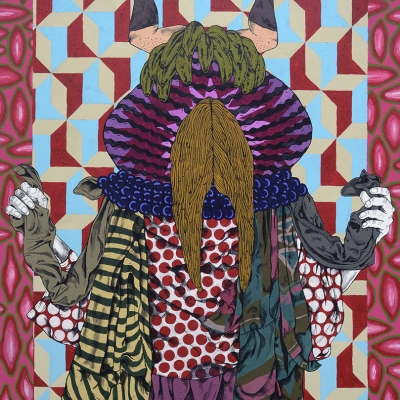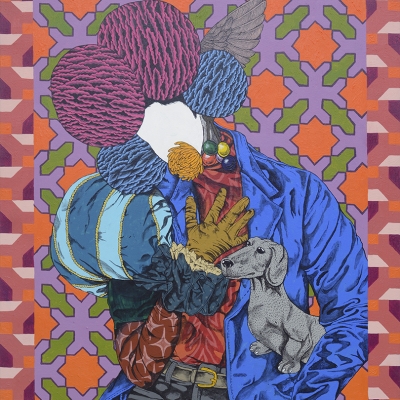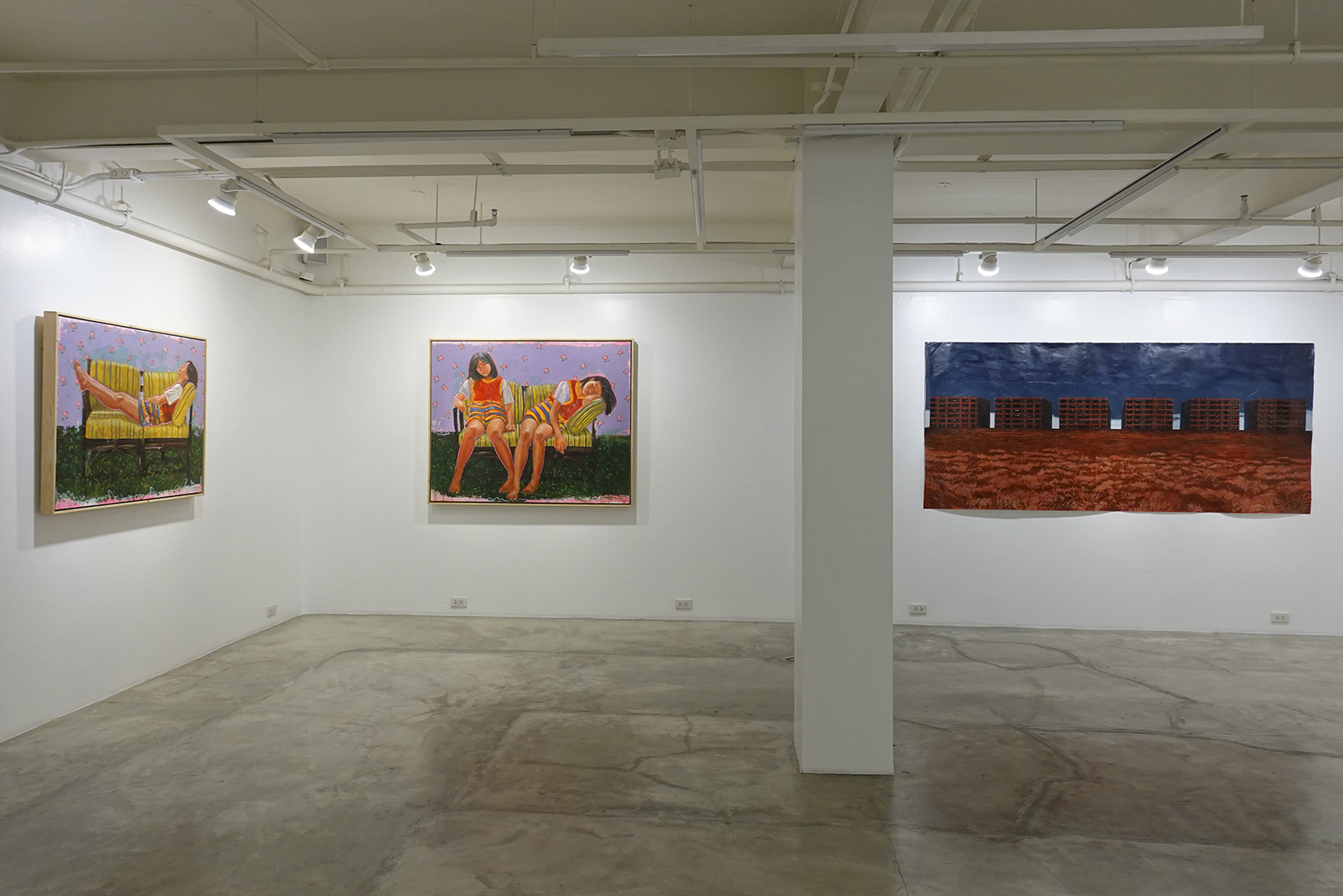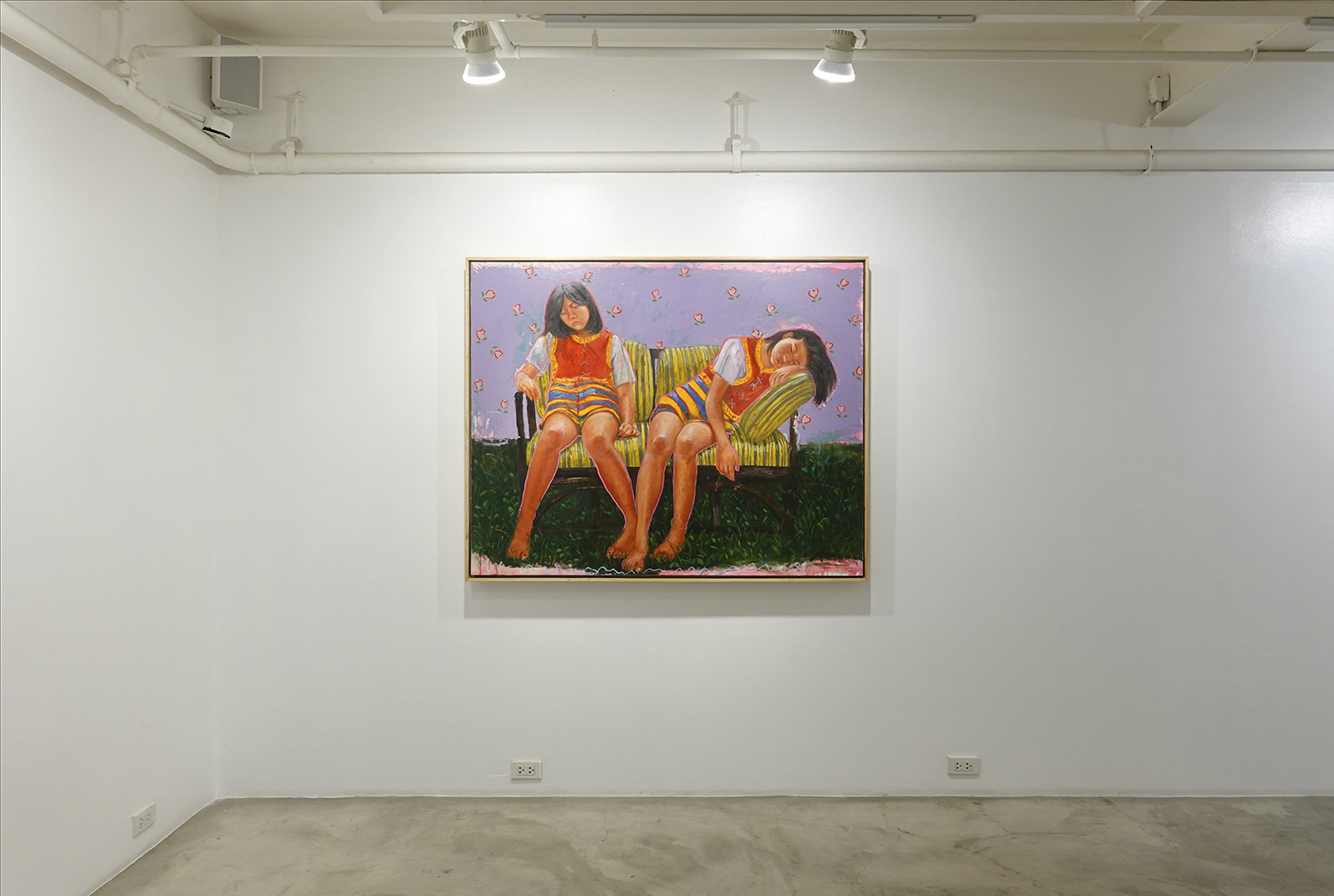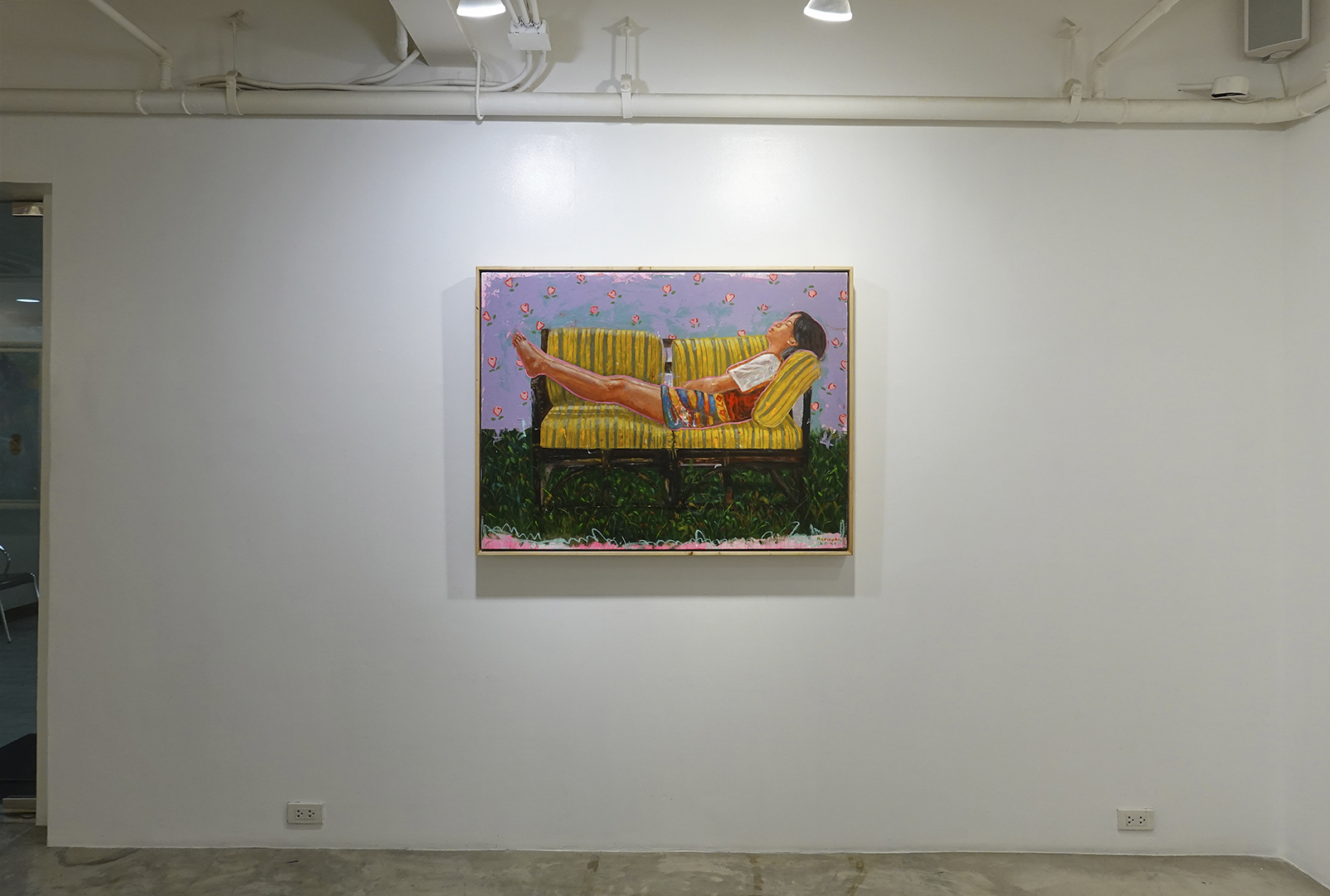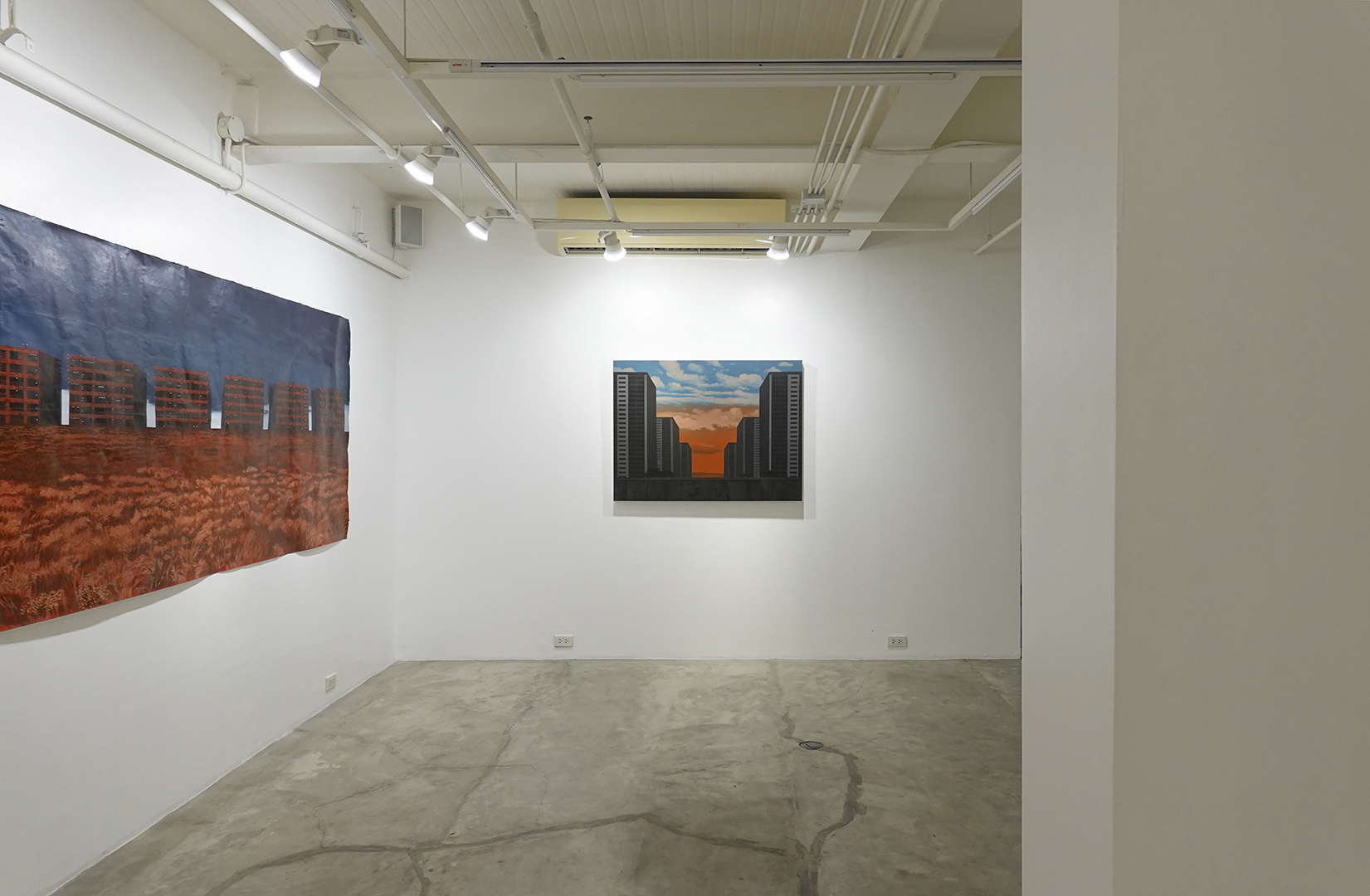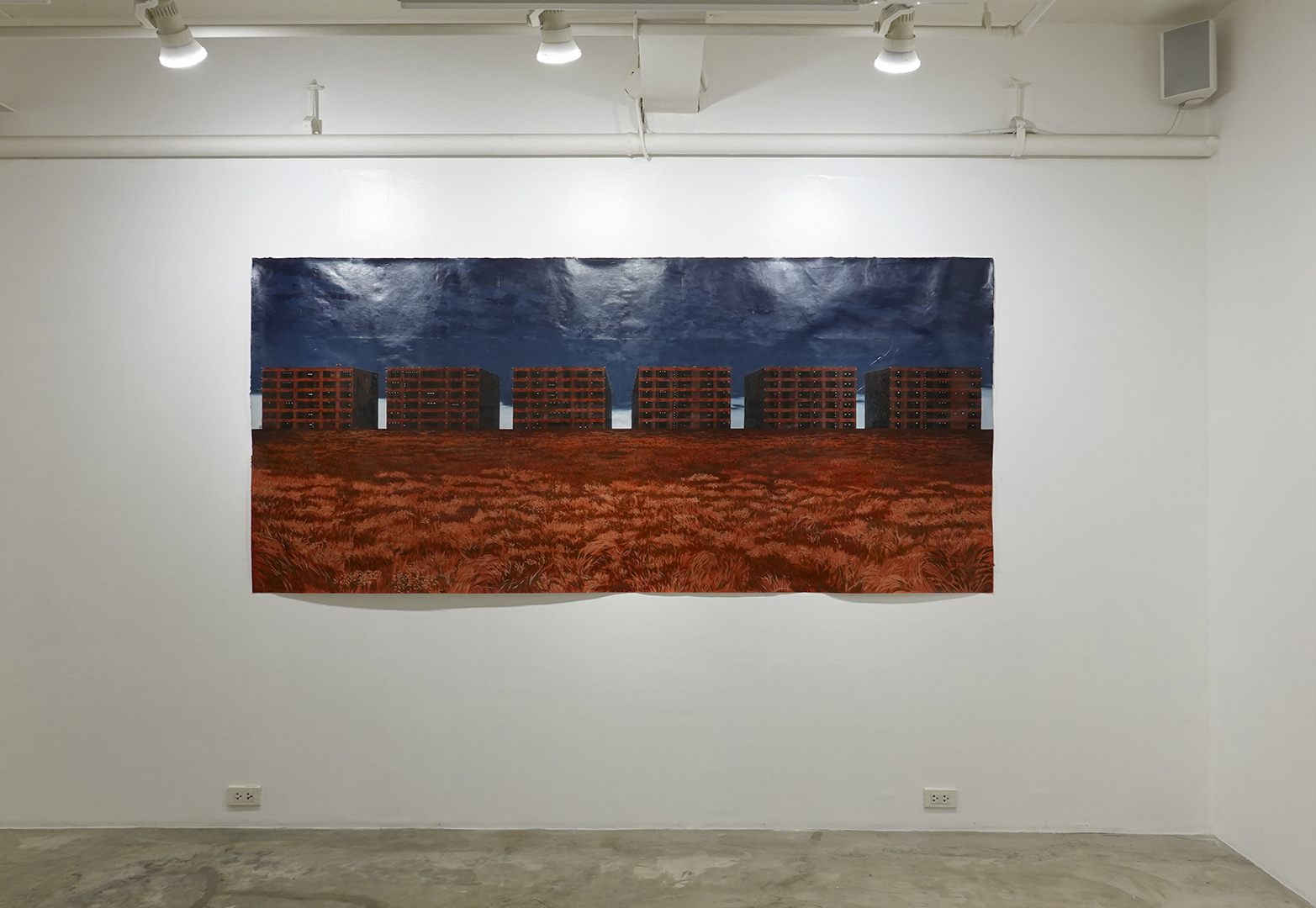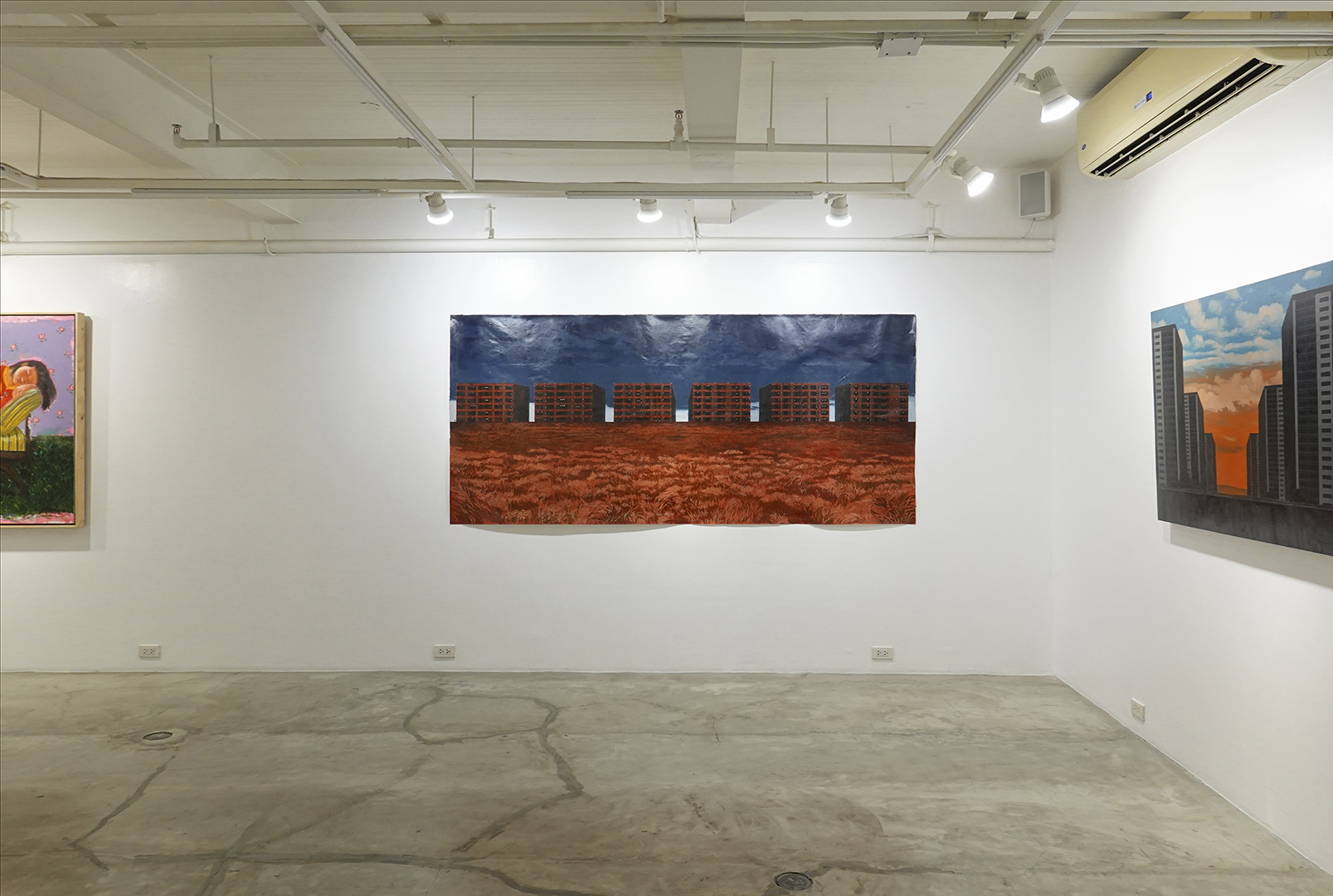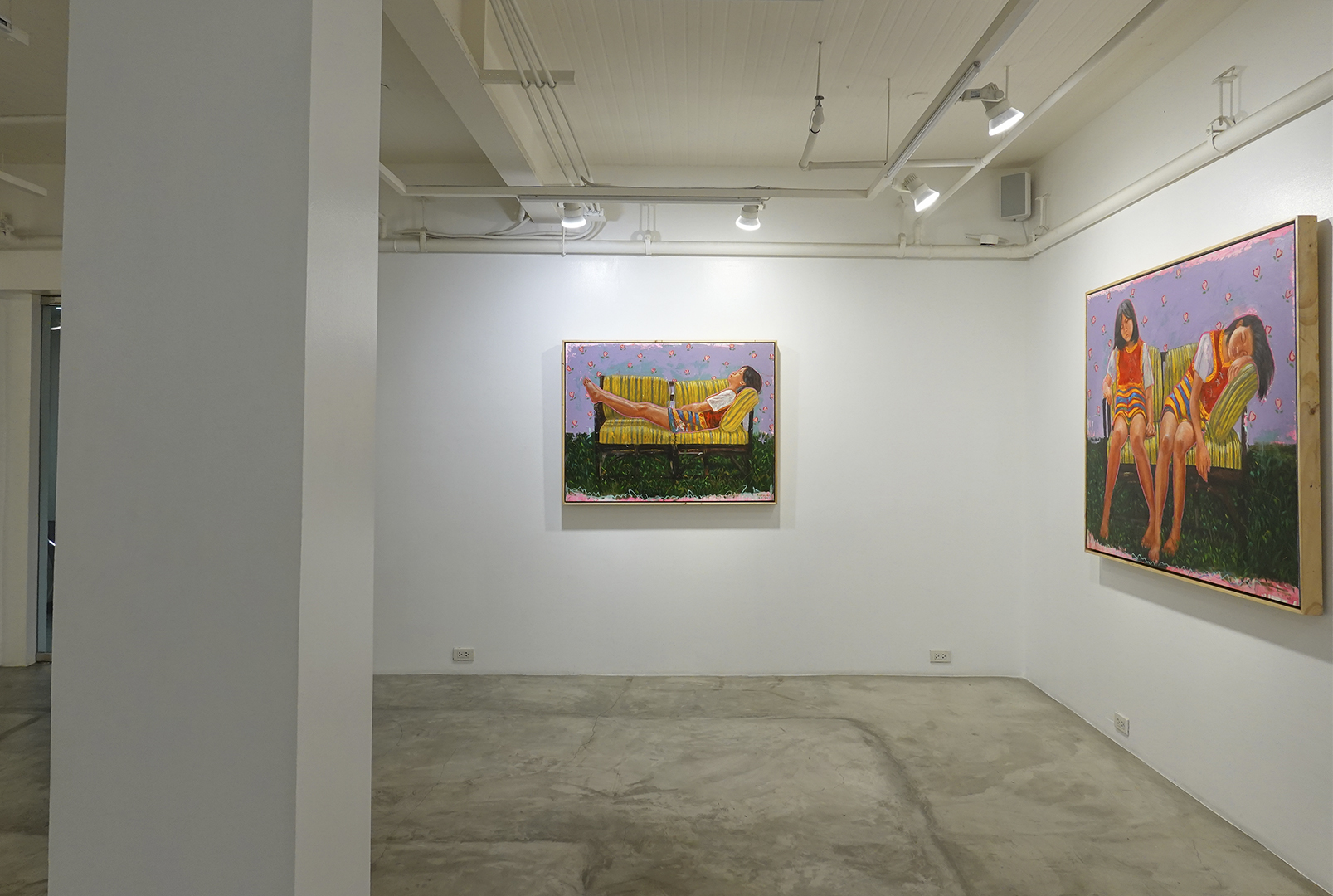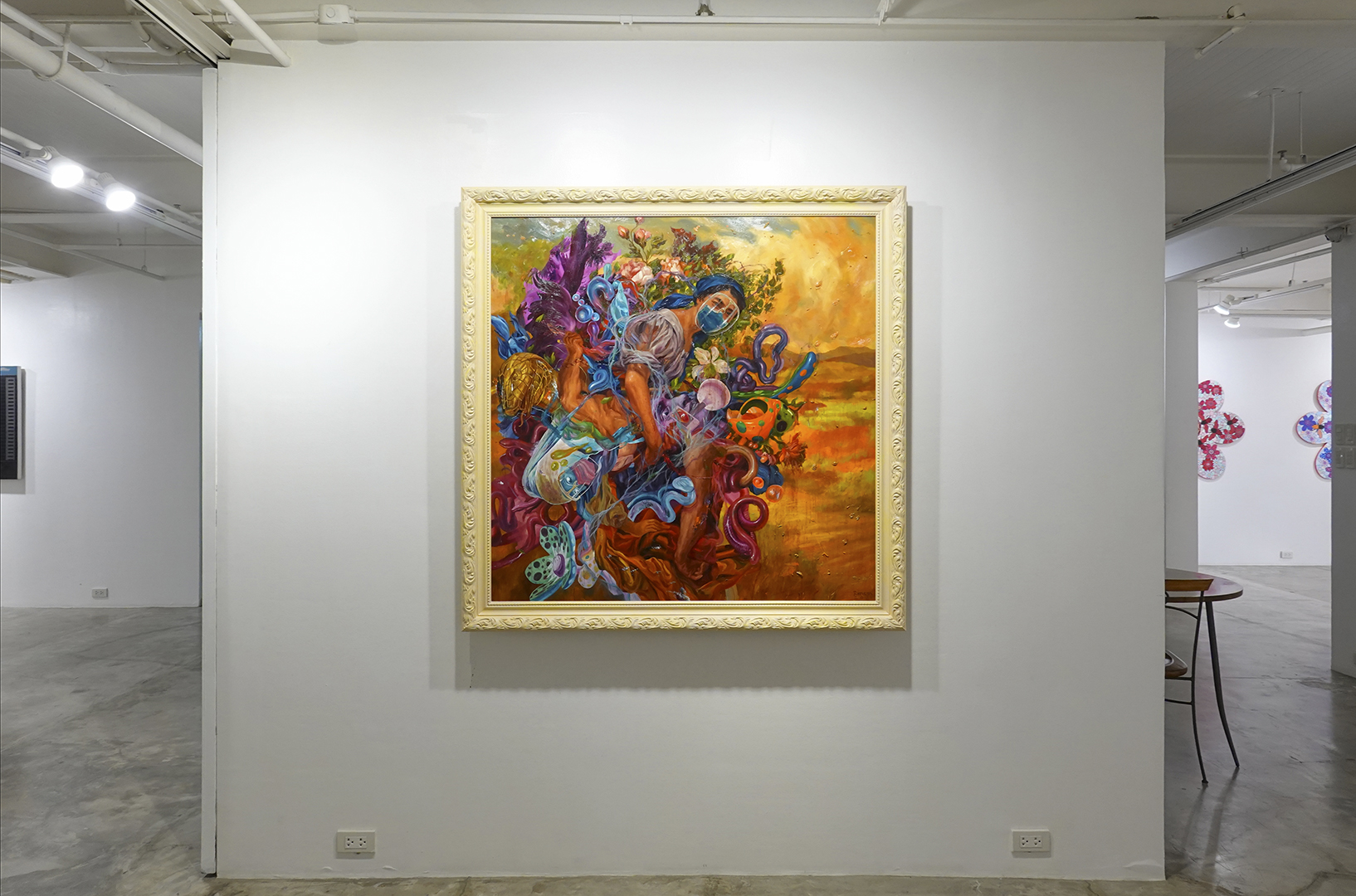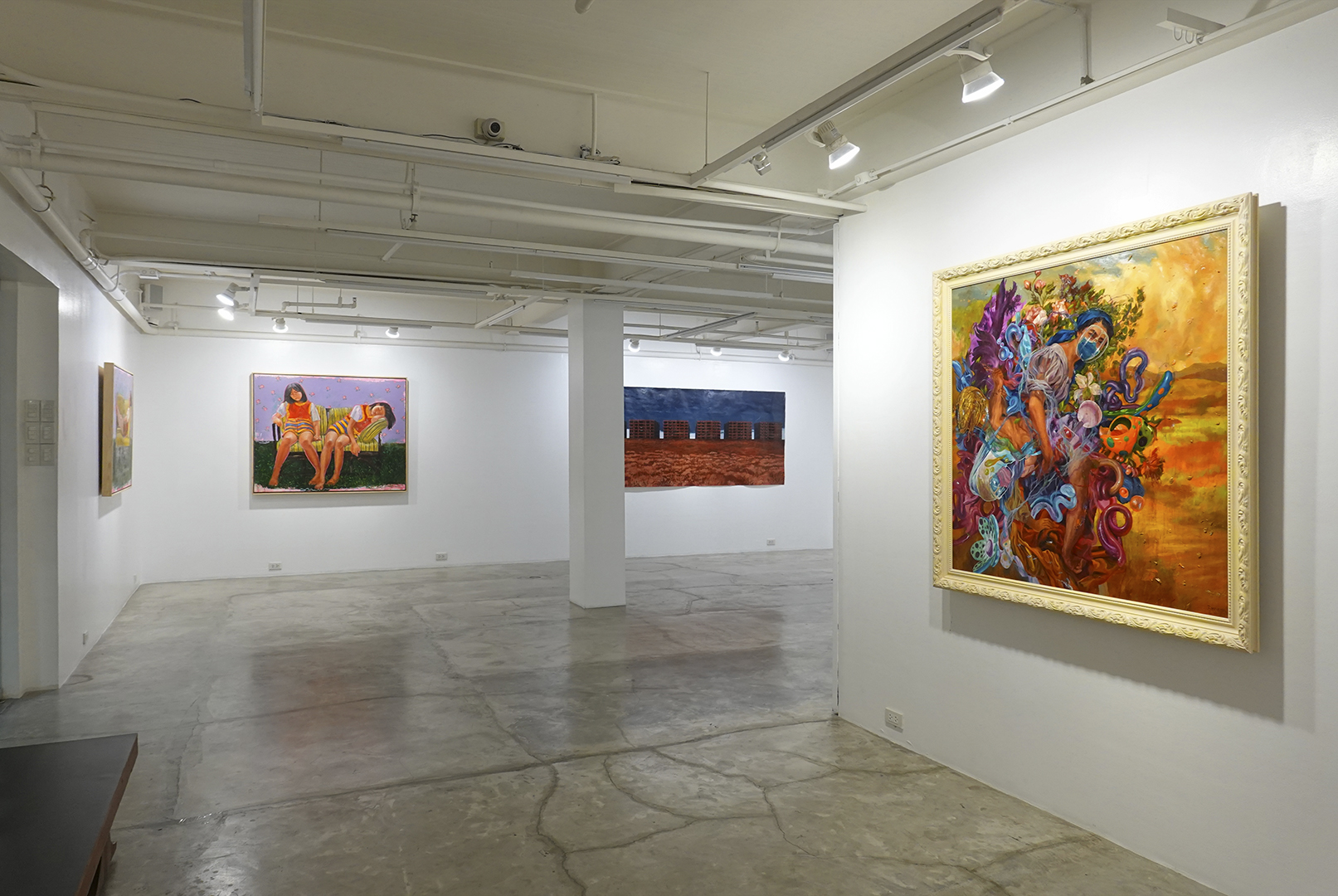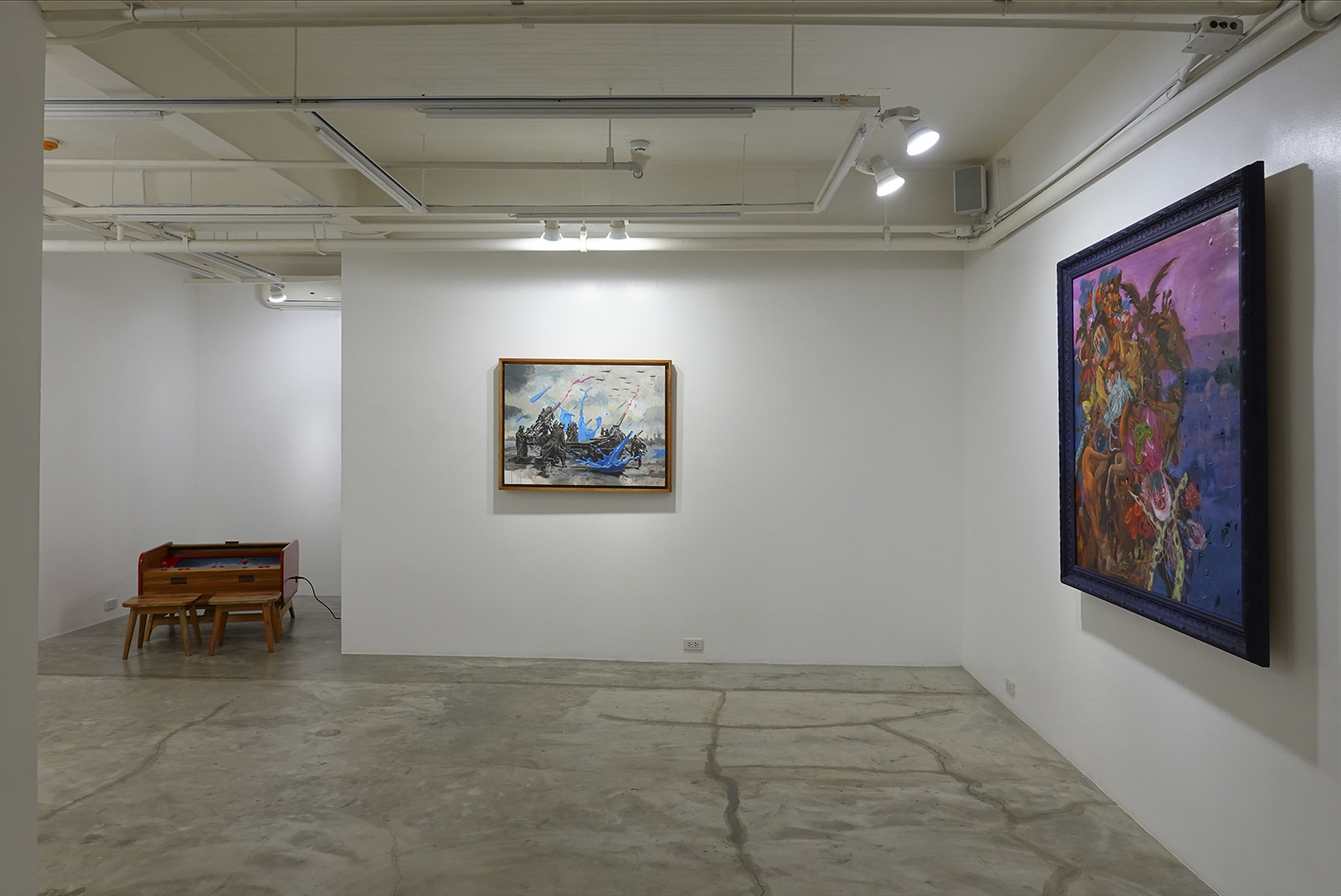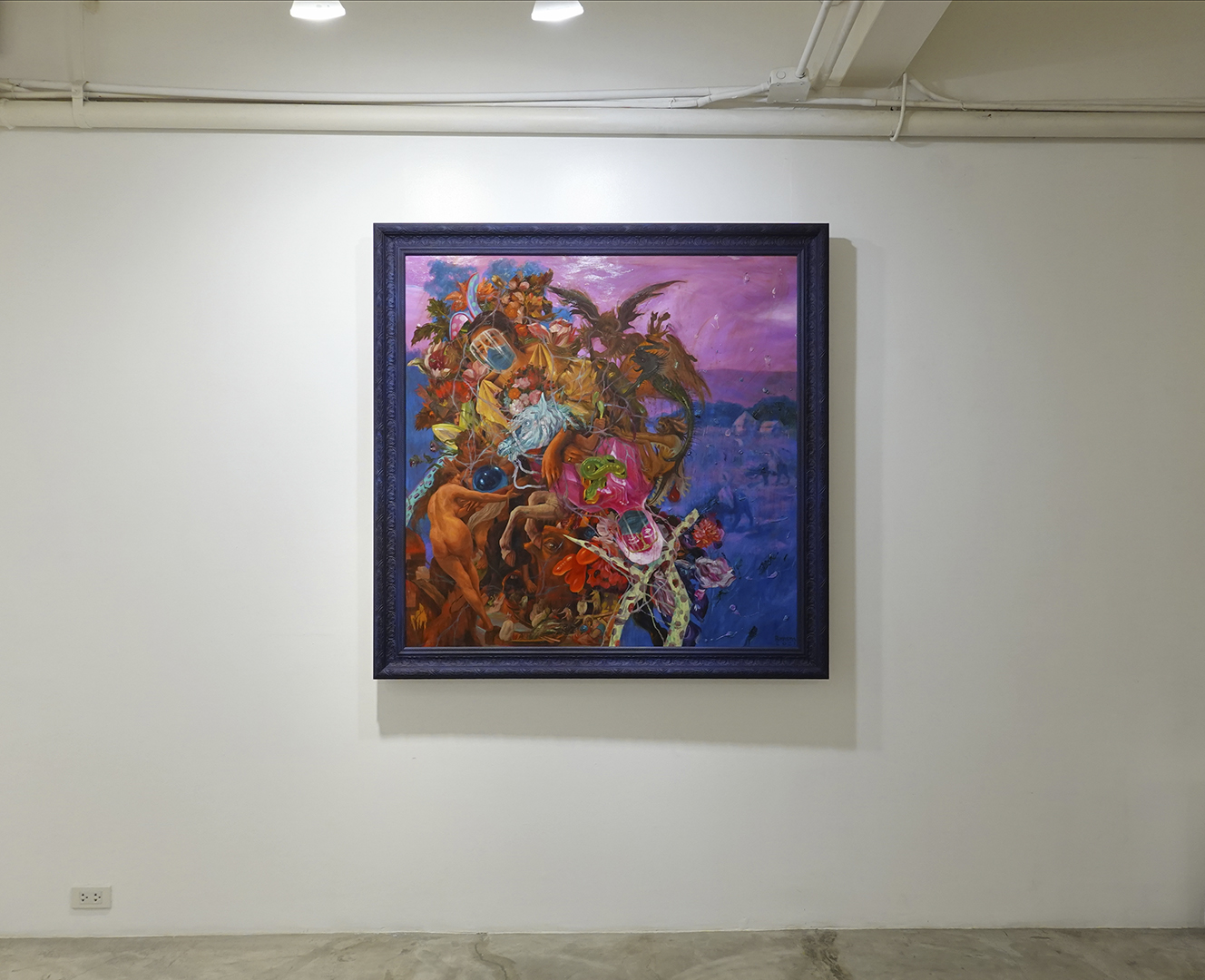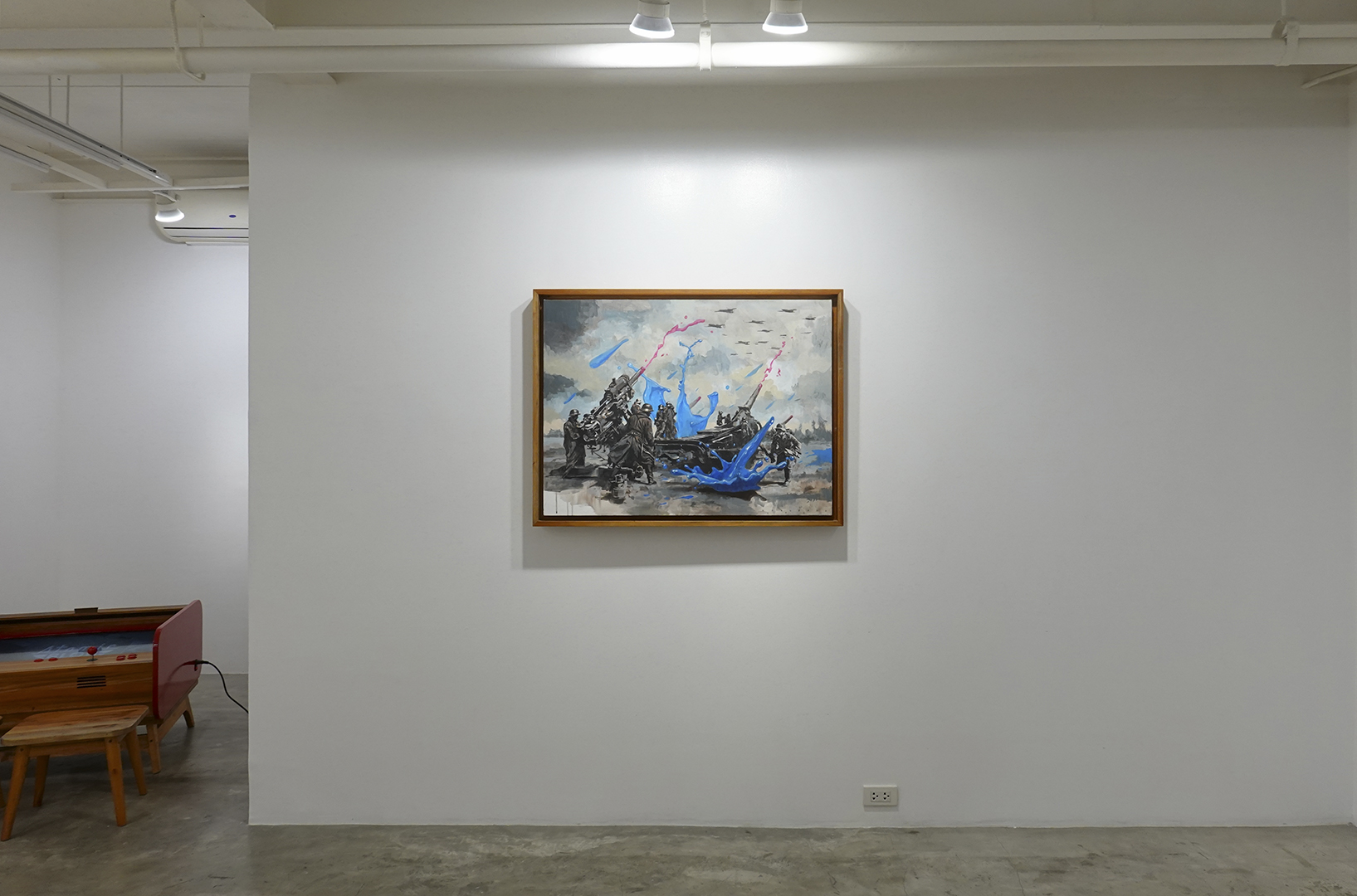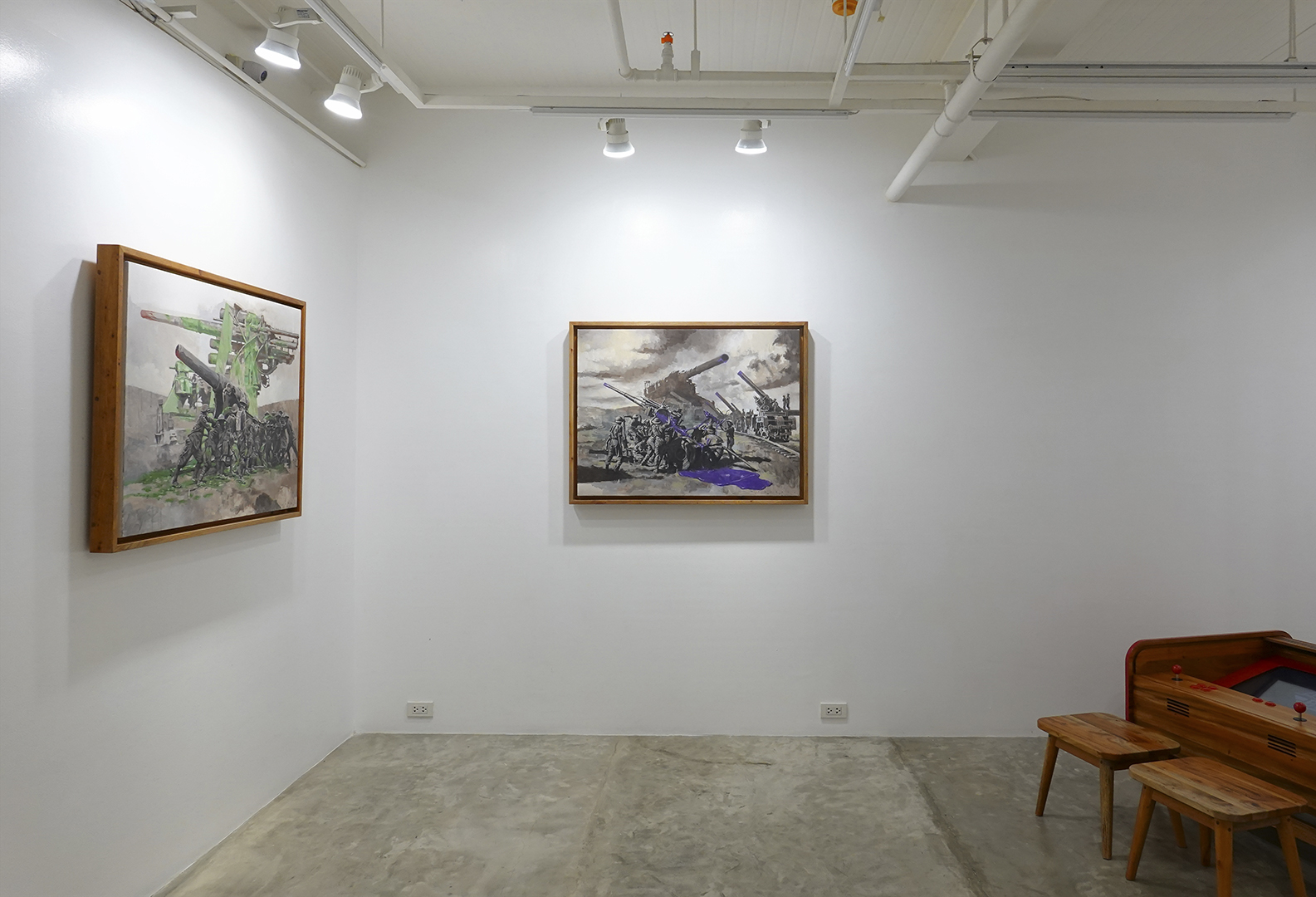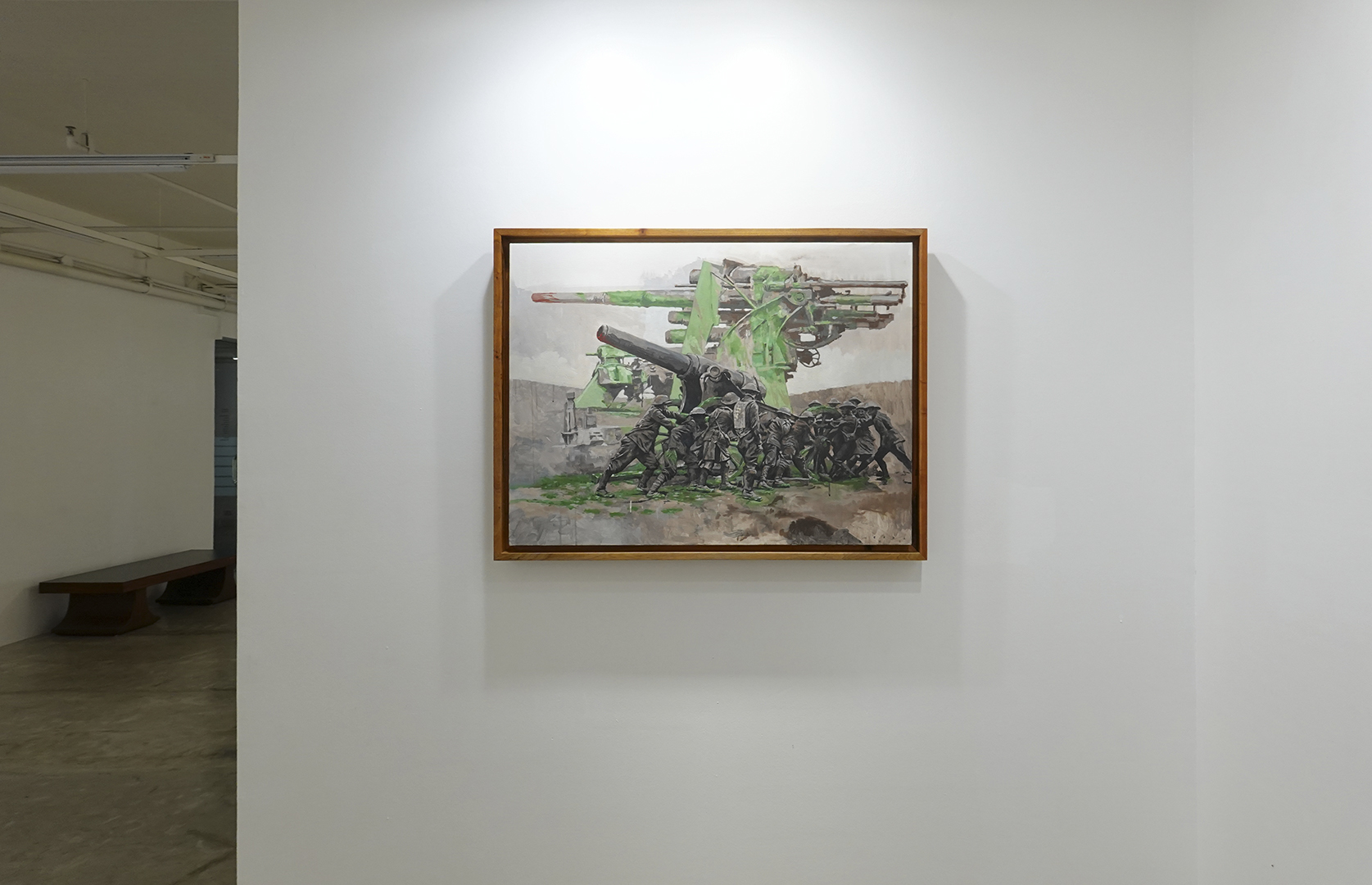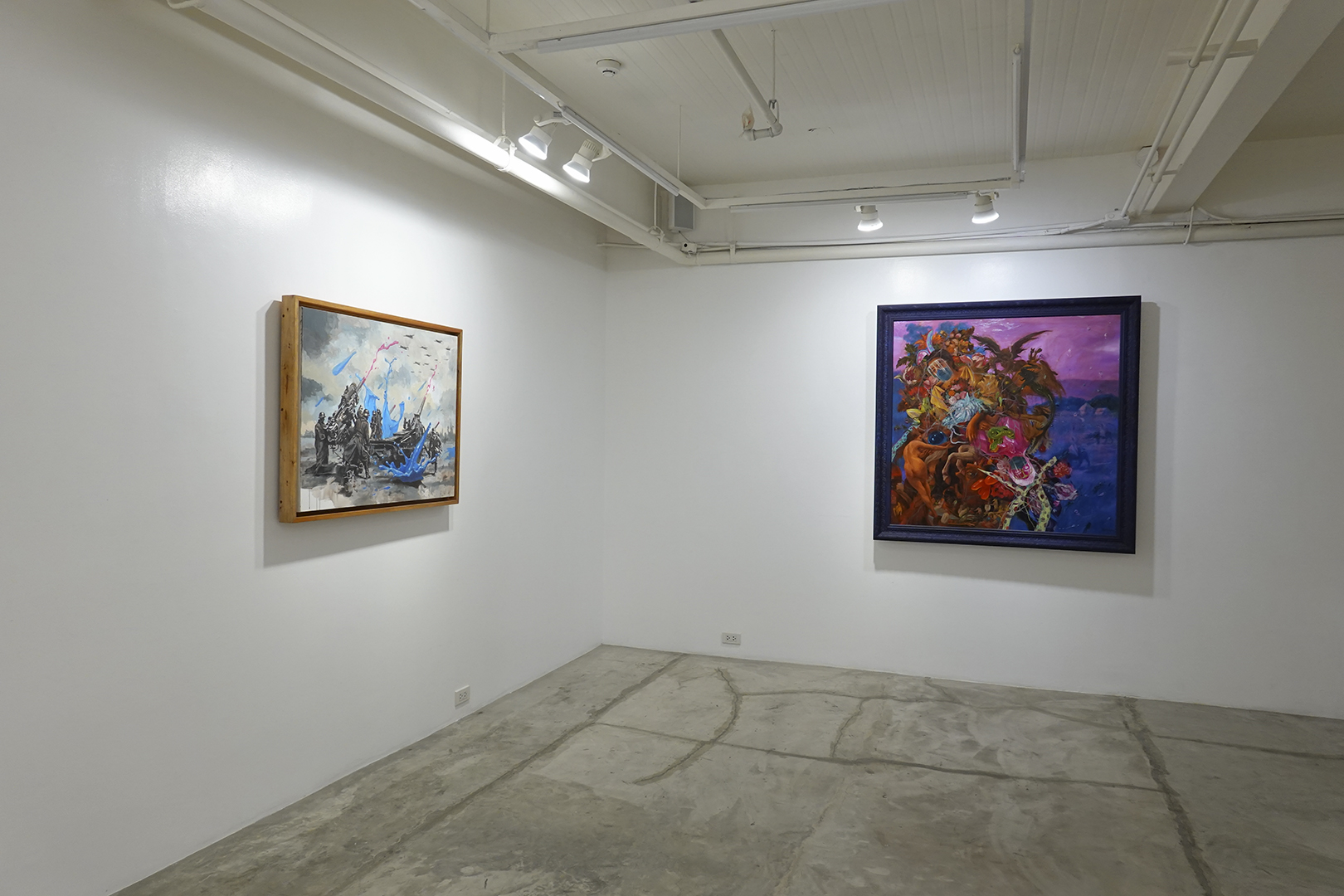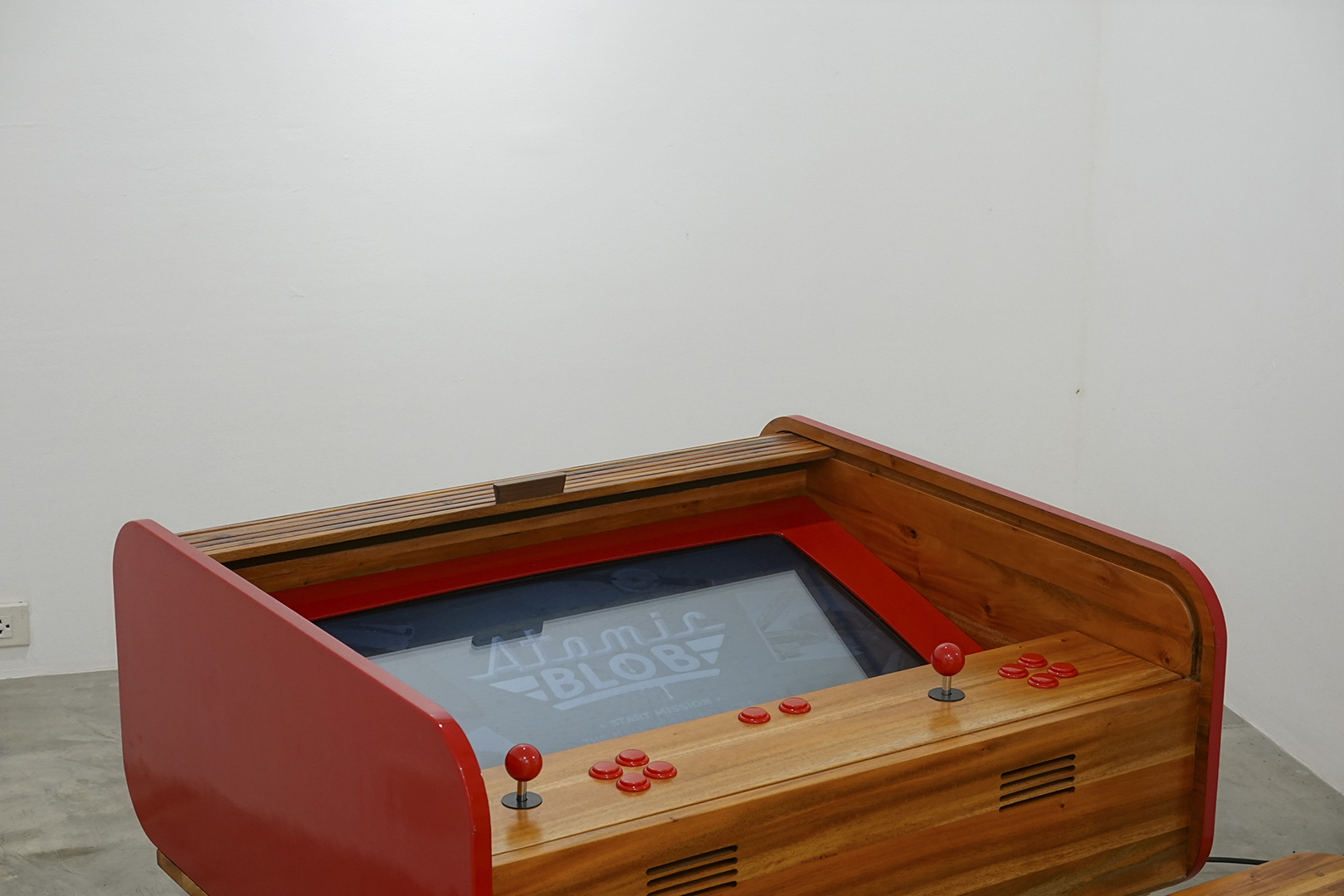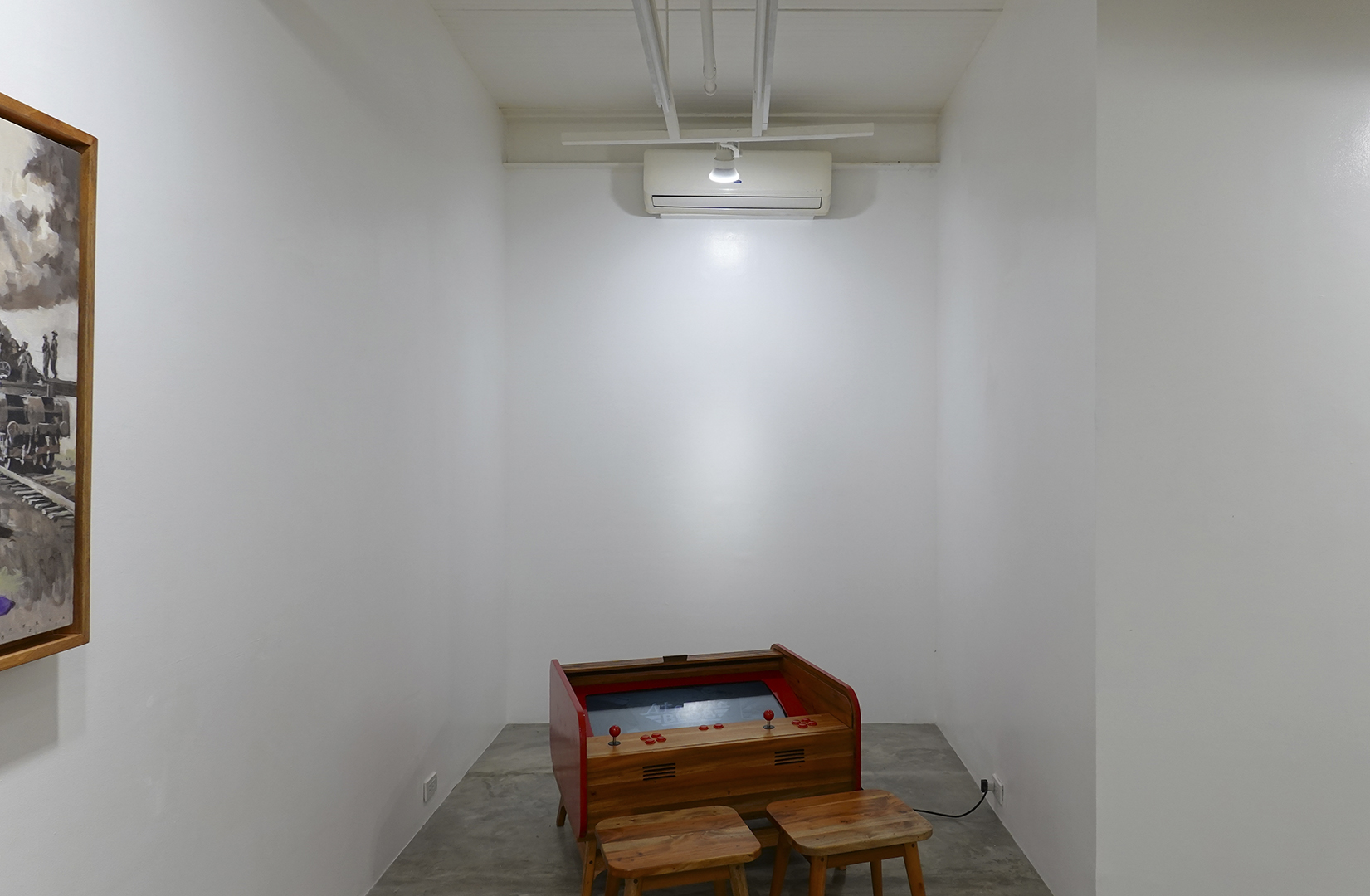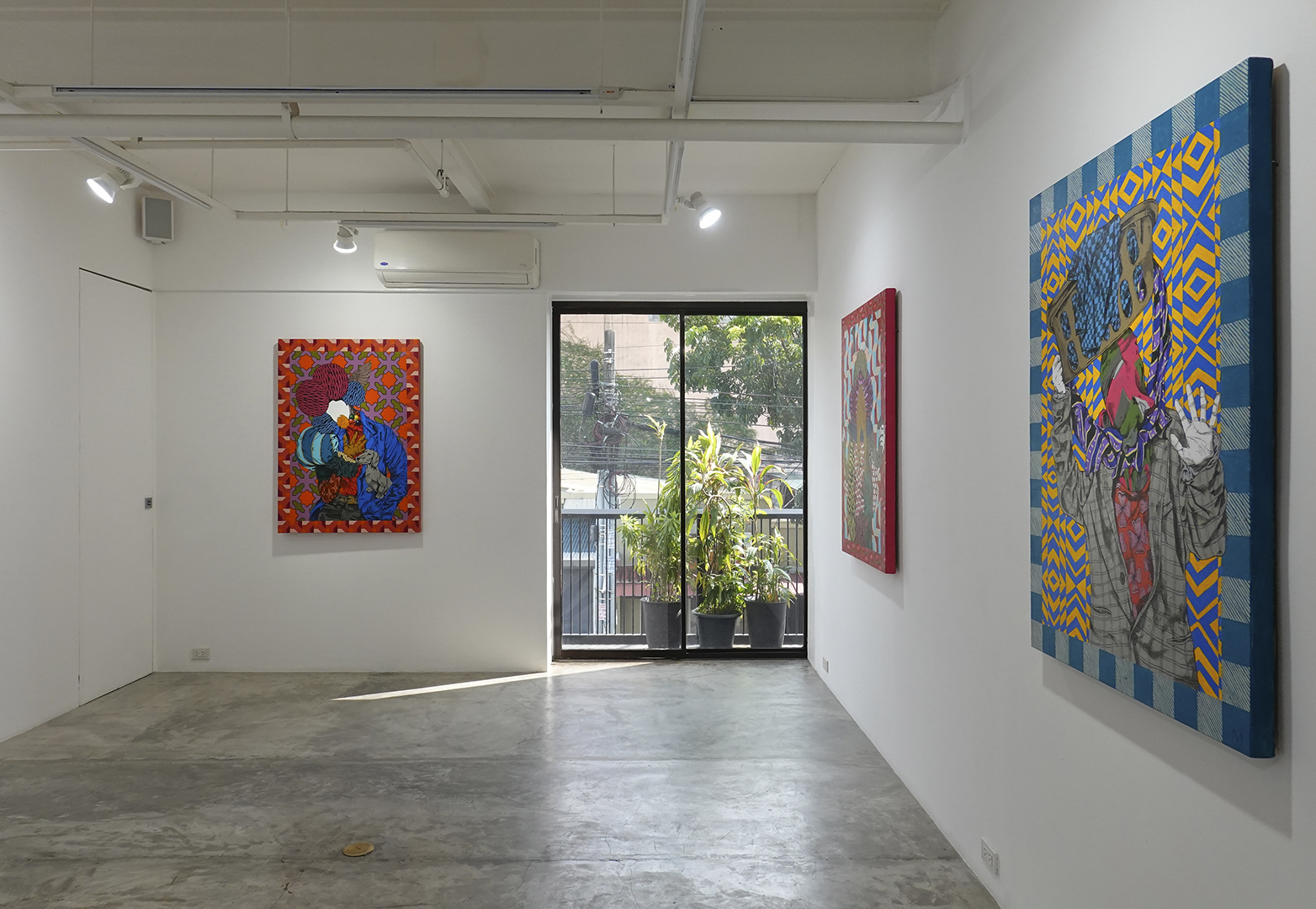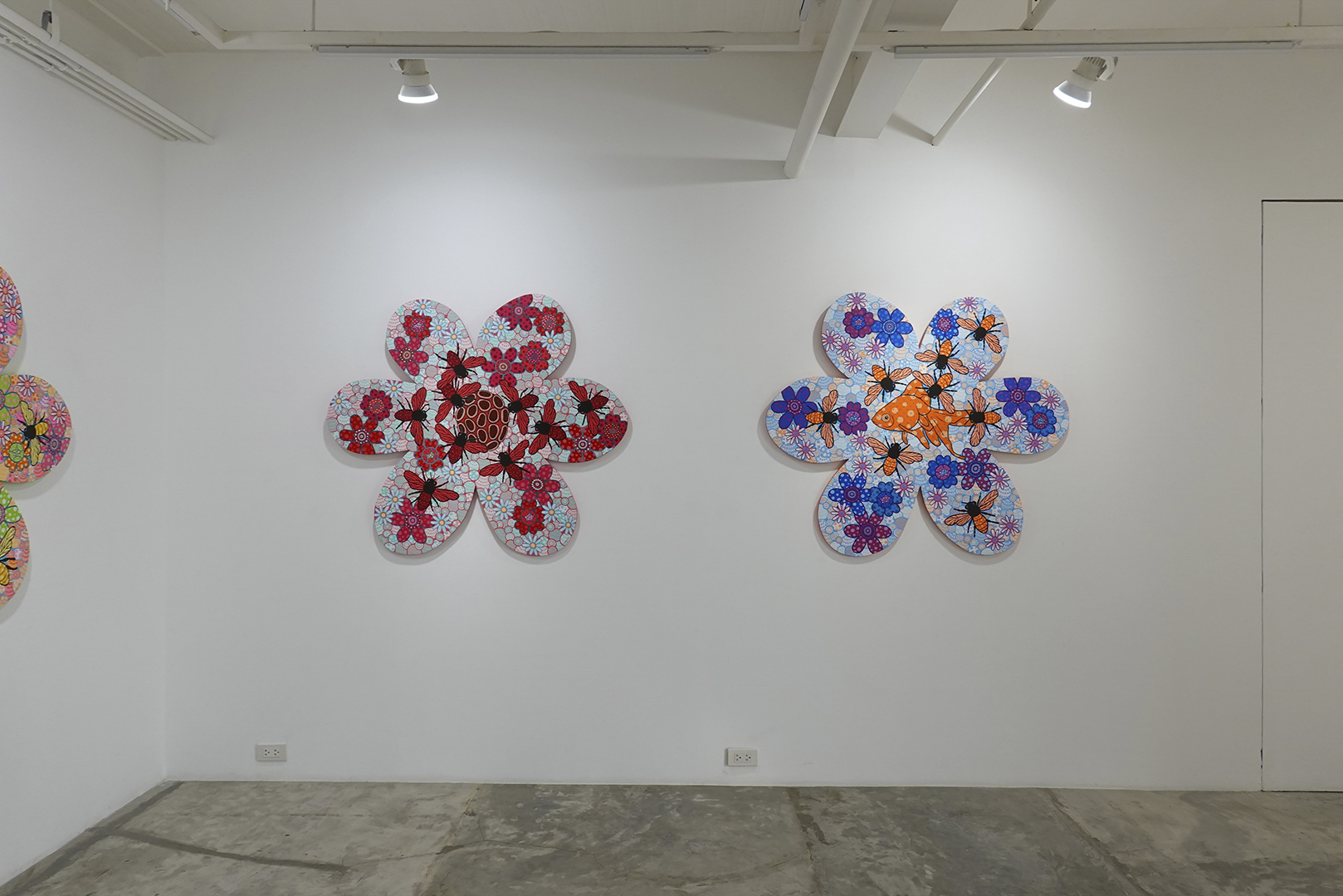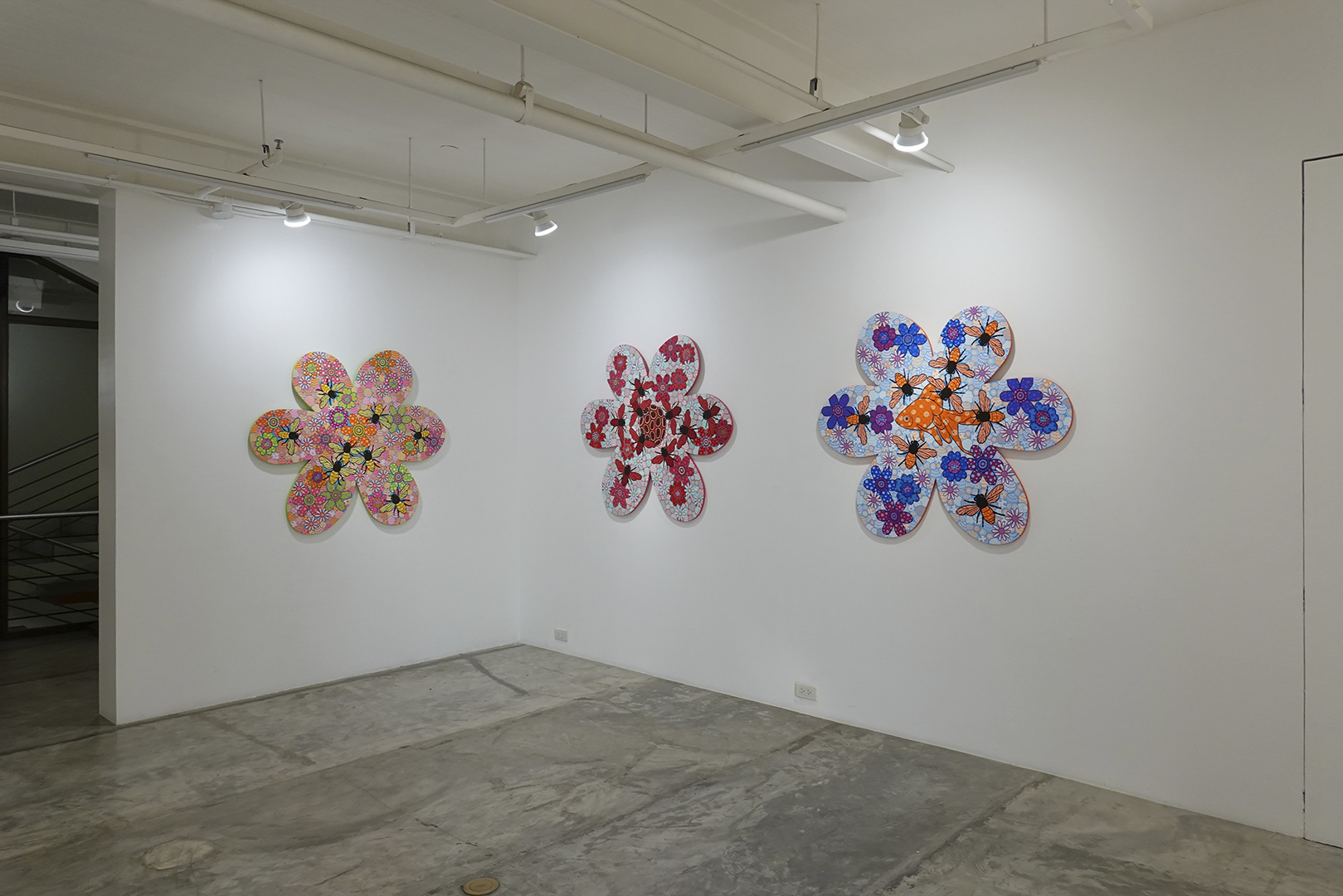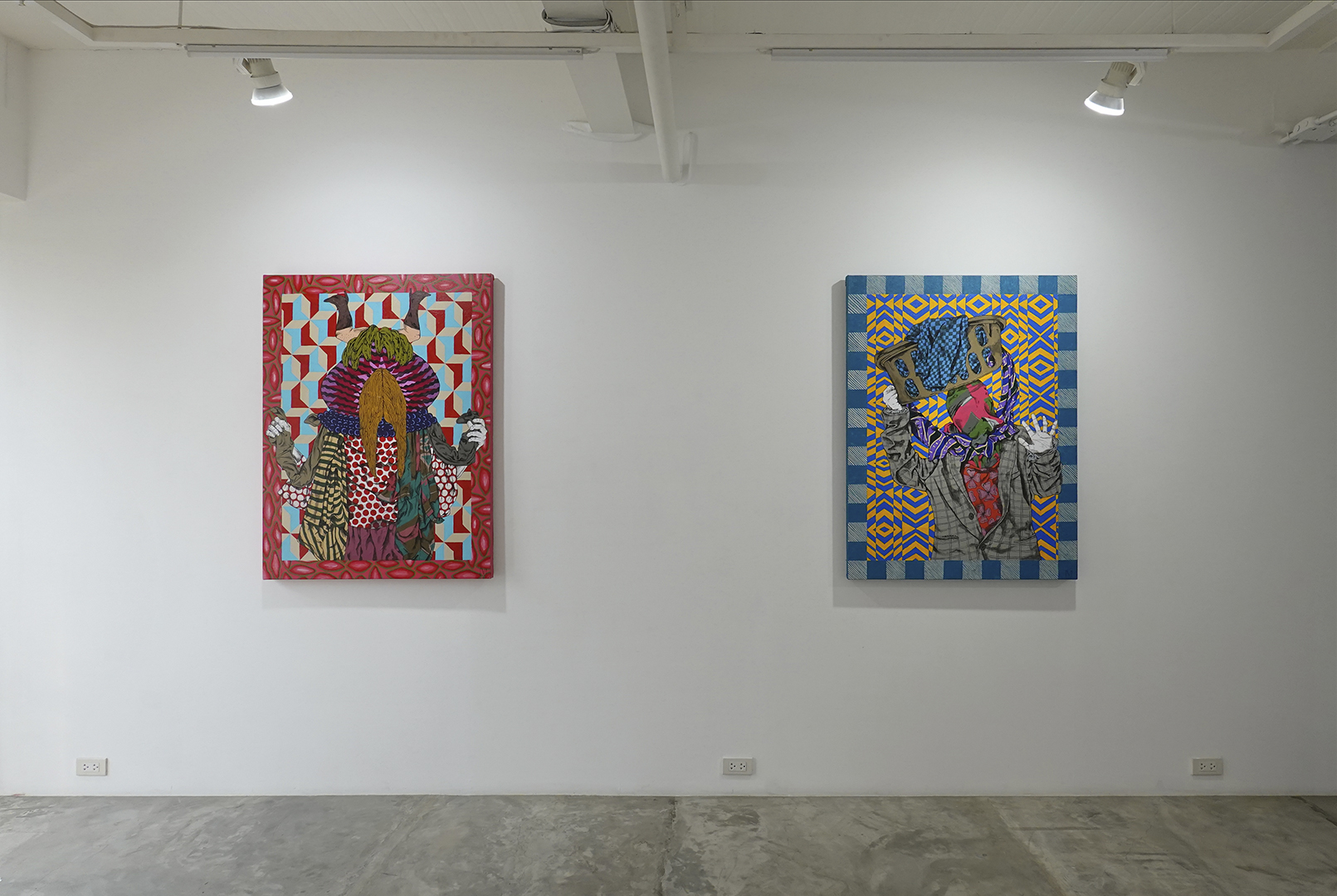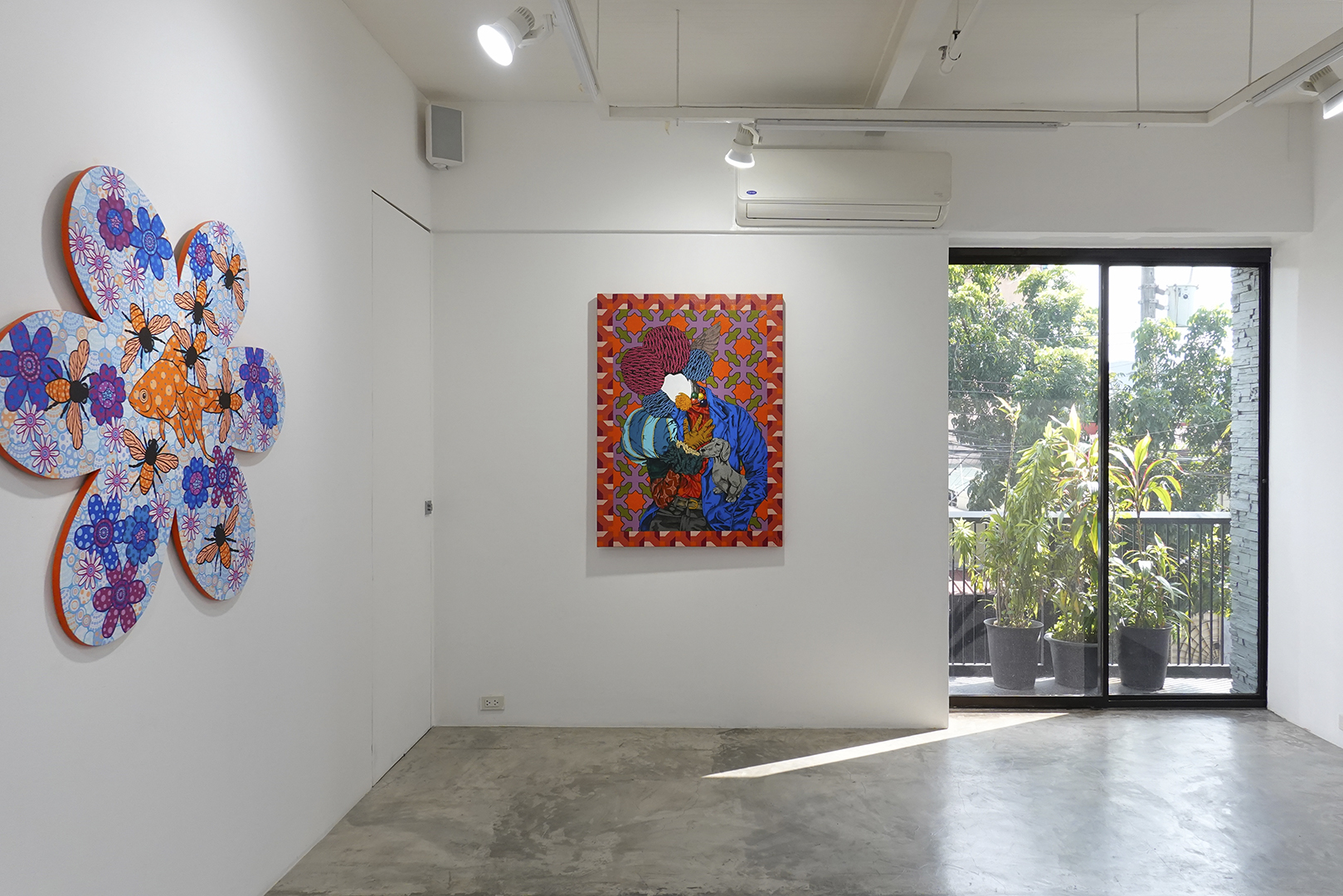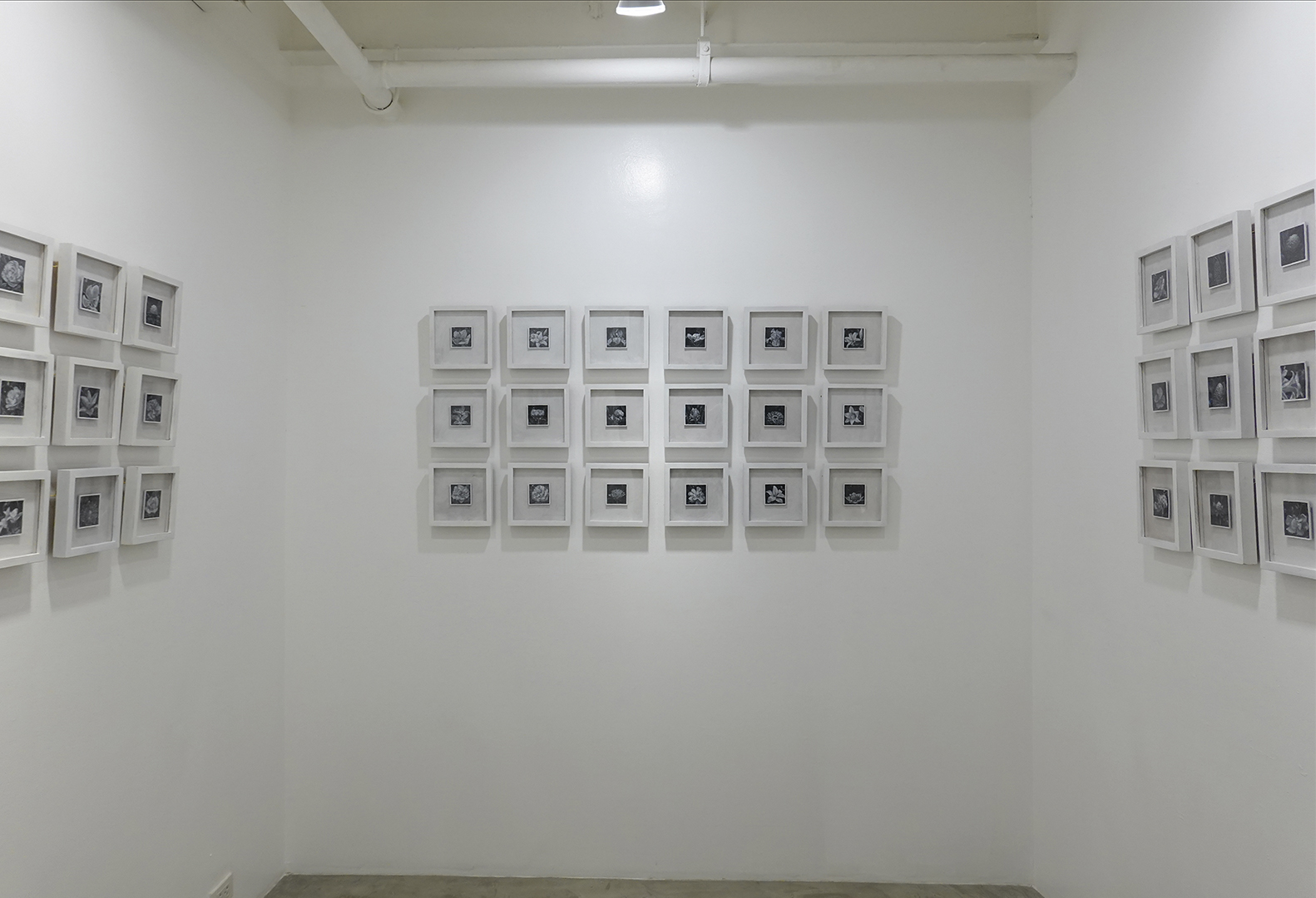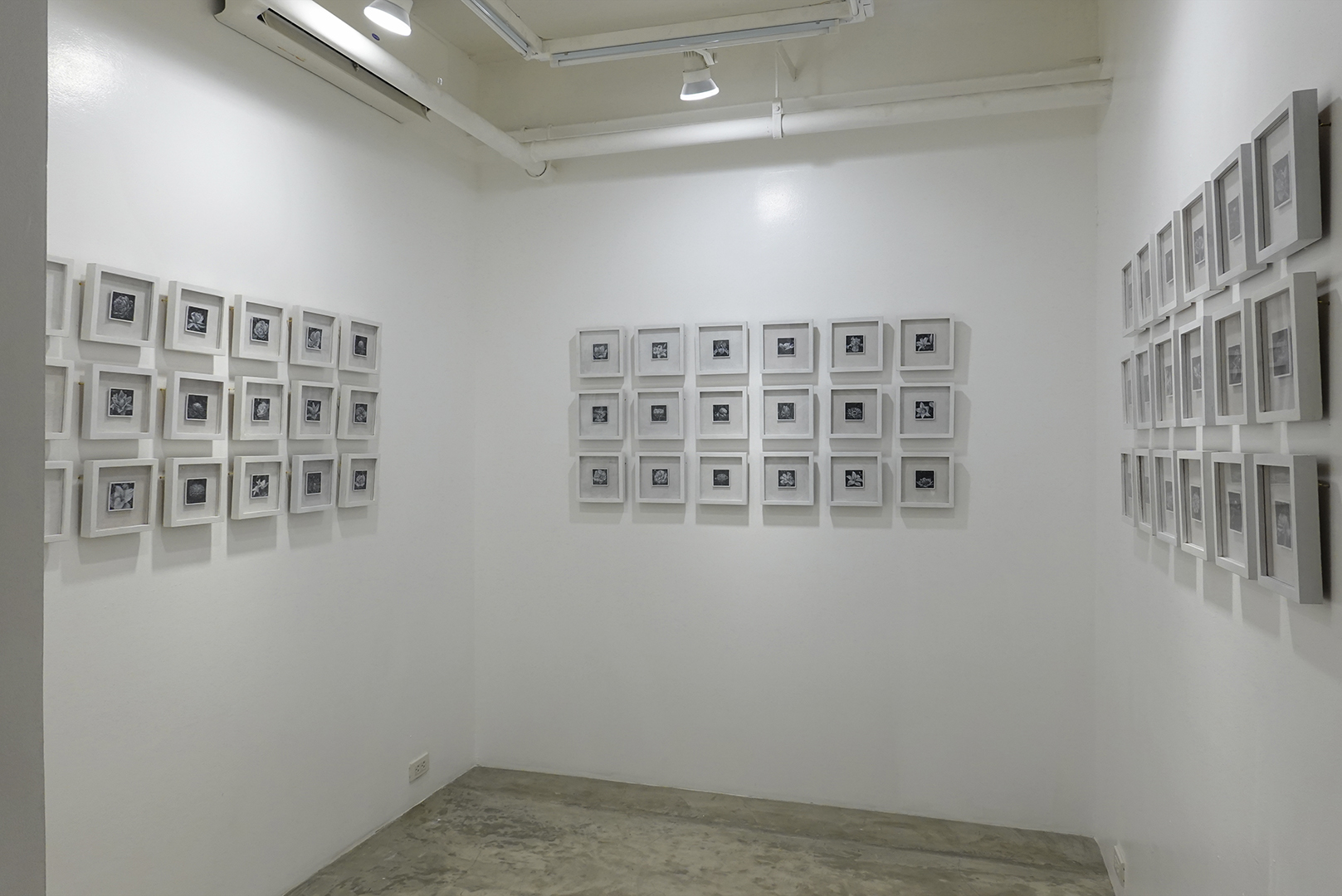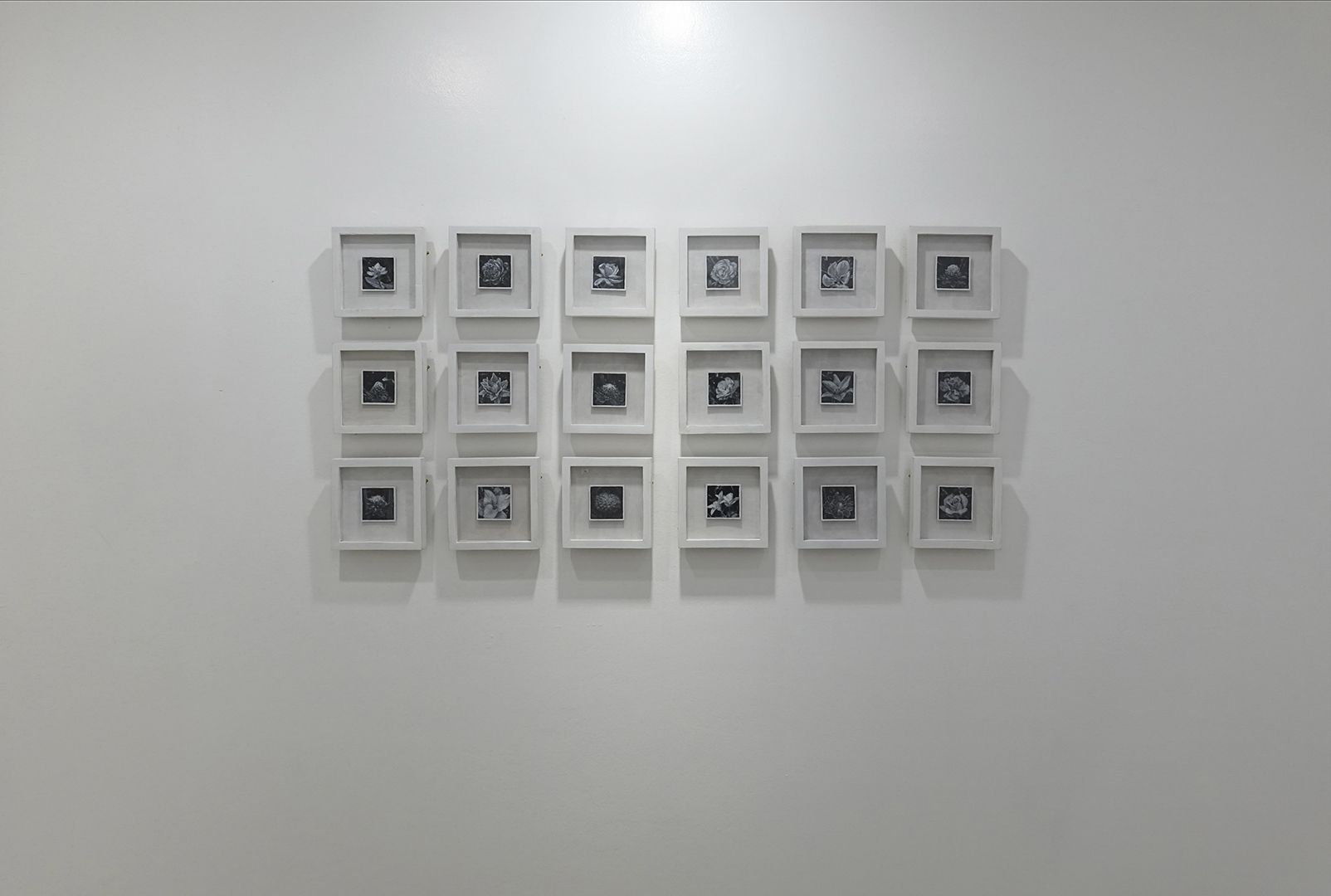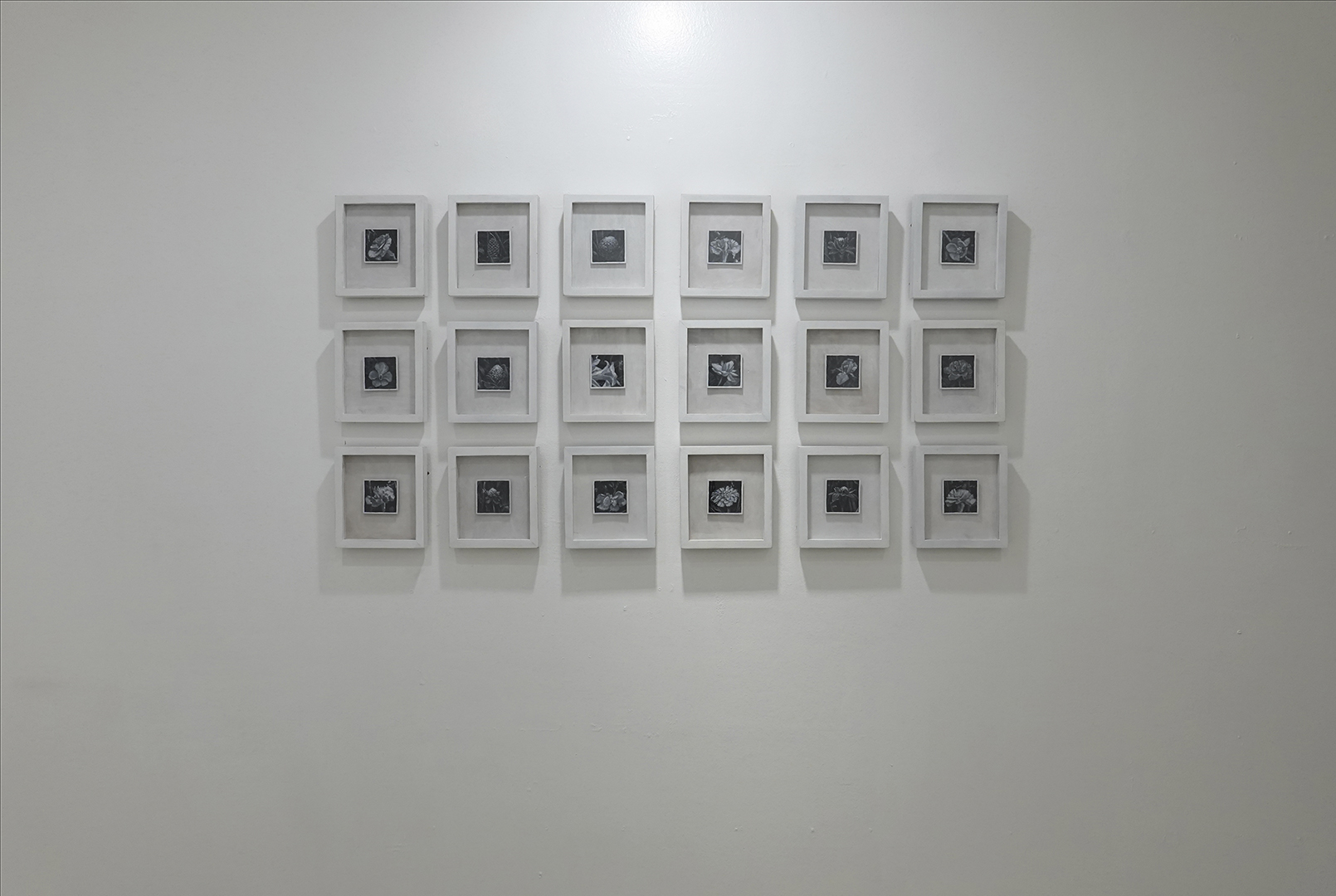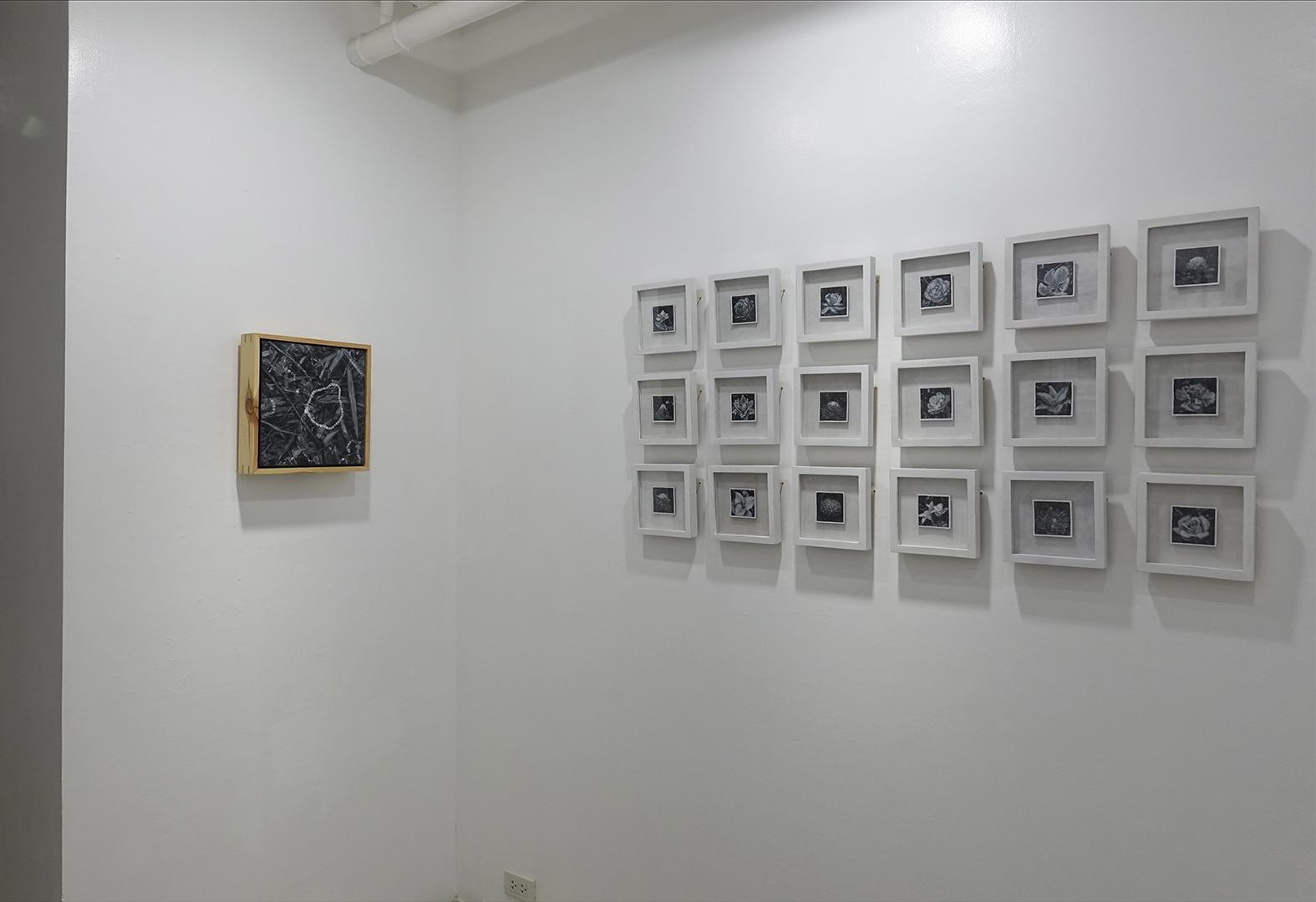Like most aspects of our lives, the ongoing pandemic has disrupted the art scene—stalling projects and presenting major setbacks in organizing art events. Restrictions in mobility and observance of social distancing measures have closed museums and galleries for onsite, public viewing of exhibitions. Despite these difficulties, many art institutions have managed to respond to the call of the times and moved forward, exploring alternative approaches to promoting art such as strengthening online presences and utilizing virtual spaces. In the same manner, artists have adapted to current conditions and carried on with their practices while working in isolation. The Working Animals artist collective opens a new iteration of their joint exhibition in this spirit, showcasing the group’s diverse talents, visual styles, thematic trajectories, and most importantly their commitment to pursue their creative paths amid the prolonged uncertainty gripping the world today. Continuing the series of shows which commenced in 2019 referencing movement and embarking on a journey (Northbound and Seabound), the artists now head to West Gallery for Westbound.
This collection of works is an index of responses, coping mechanisms, attitudes, and mindsets to deal with the challenges of the pandemic and otherwise. The situation for the last two years has been unprecedented and almost surreal—from the loss of lives and livelihoods and indoor confinement to virtual environments and systems taking over physical and social interactions. The realities of everyday life that we have been so accustomed to in our time have radically transformed, and this development requires us to rethink and make sense of existence in novel ways, to device alternatives so we may continue thriving. The works by Aiya Balingit represent the sense of disbelief that might have confronted some of us as the pandemic unfolded, posing a question about reality and the possibility that everything could just be a bad dream. The same line of thought is suggested by Keb Cerda’s parodies of war images and arcade game installation—a fantasy world where one can play, and the horrors and atrocities of war are mere graphic simulations. Dale Erispe offers a vision of how our cities have looked at the height of lockdowns and quarantines, the eerie atmosphere surrounding deserted roads and empty outdoors. In contrast to these peaceful and quiet scenes, other works capture the chaos and disorder that intensified as individuals, households, and even governments grapple with survival. Pow Marin and Lui Manaig’s pieces deal with internal struggles and thoughts that commonly surface when one gets isolated from family, peers, and social networks, such as questioning identity to interrogating one’s sense of purpose. In Ronson Culibrina works, problematizing identity extends to the collective, depicting the hybridity of Filipino identity in an appropriation of Amorsolo’s countryside scenes with a frenzy of figures and elements across disparate sources. John Marin seeks solace internally and attempts to resolve all these confusions through meditation and offerings just as for many, faith perhaps has been the sole source of strength and remain steadfast under these trying times. All these works visualize the need to continuously reconfigure not just the actual, physical world, but to constantly recalibrate ways of viewing and interpreting our experiences and events to come.

